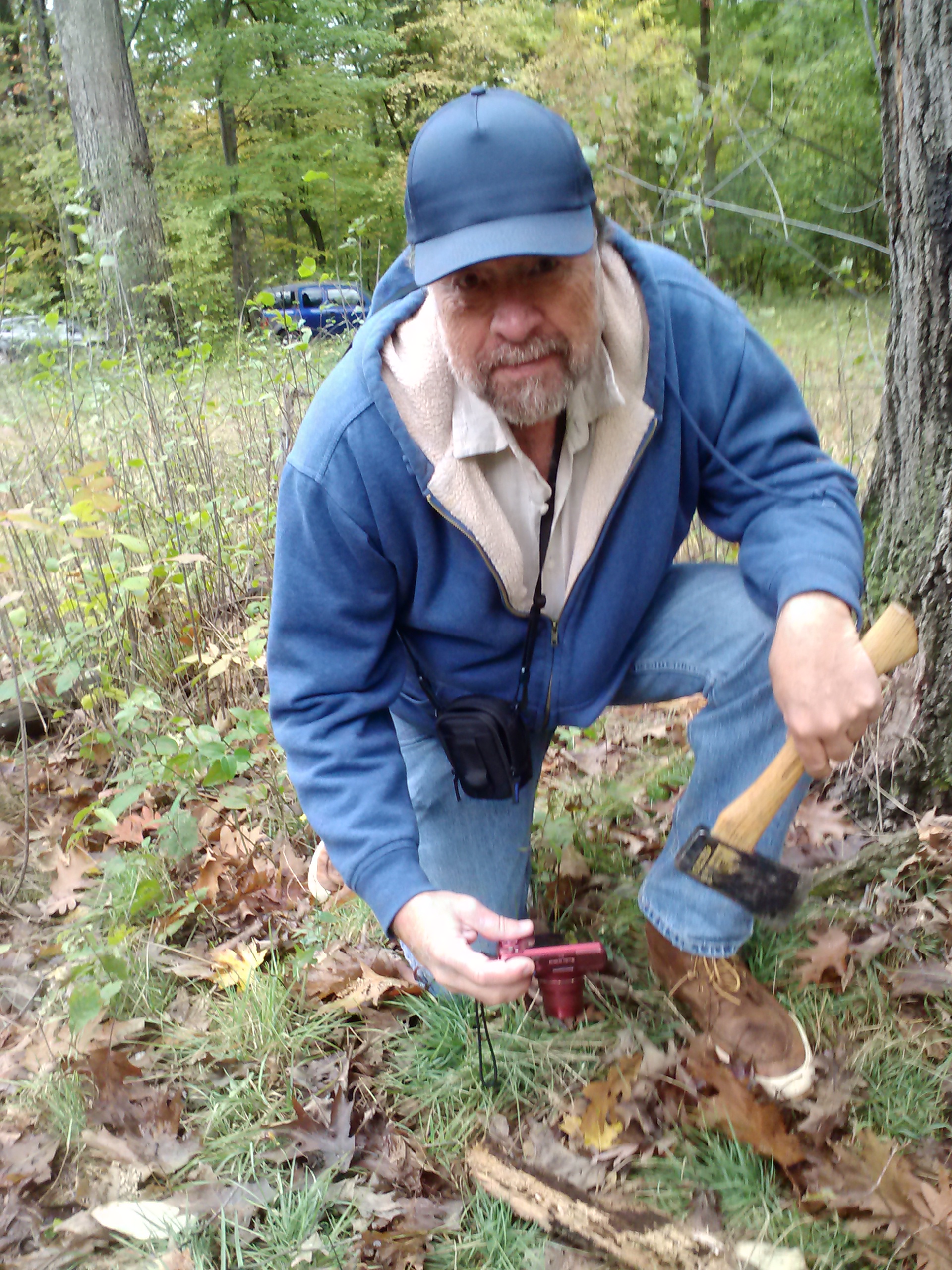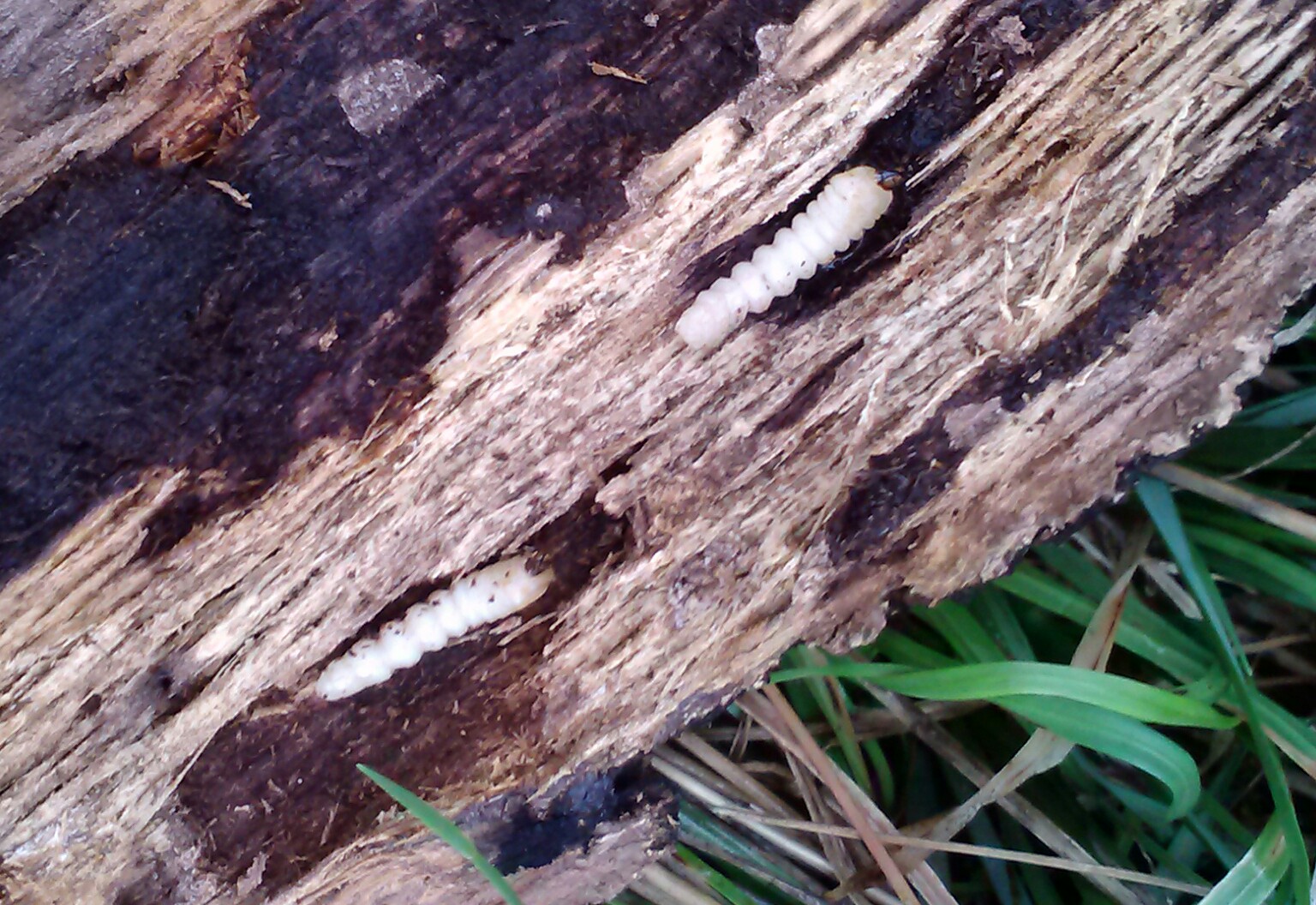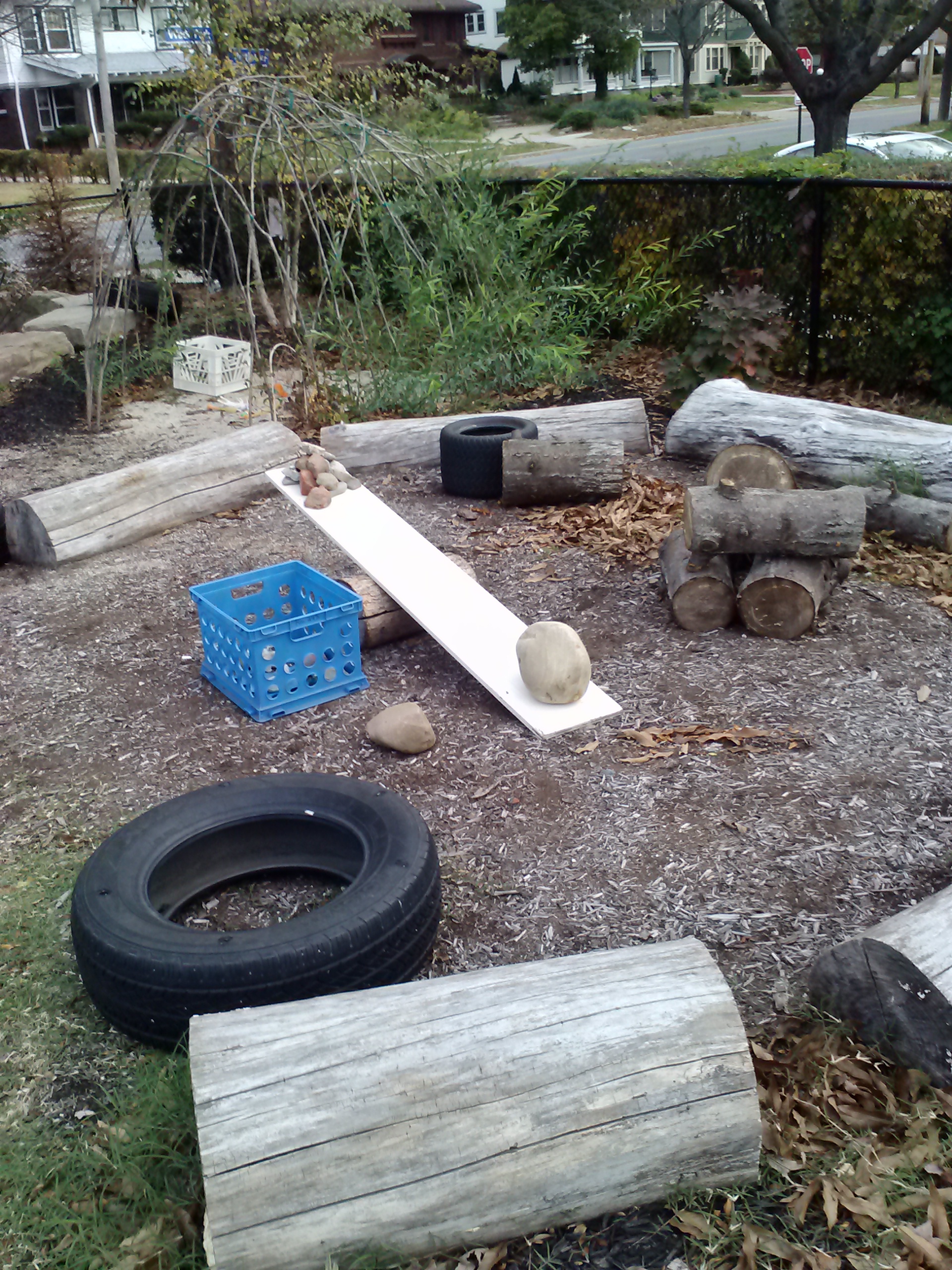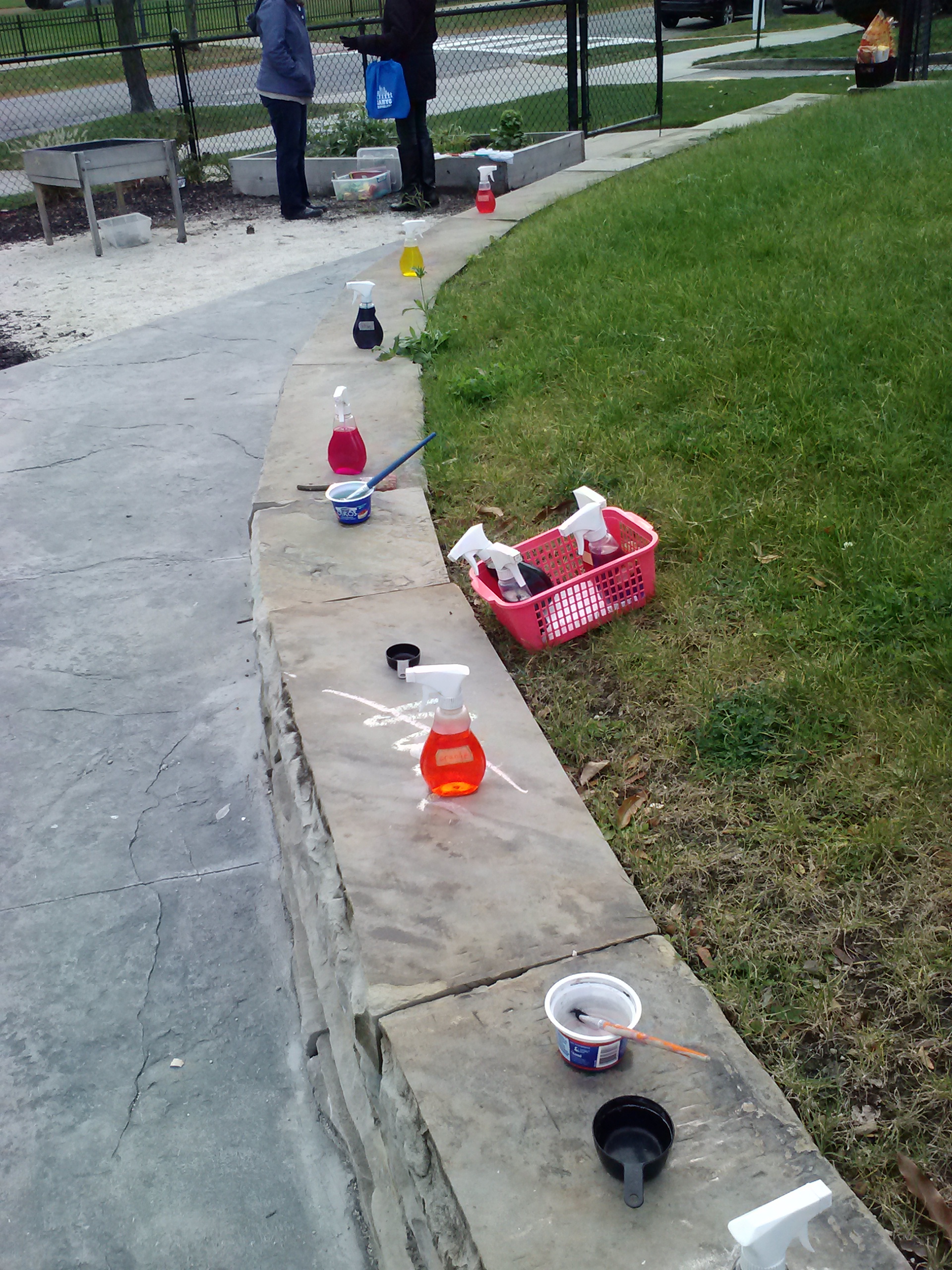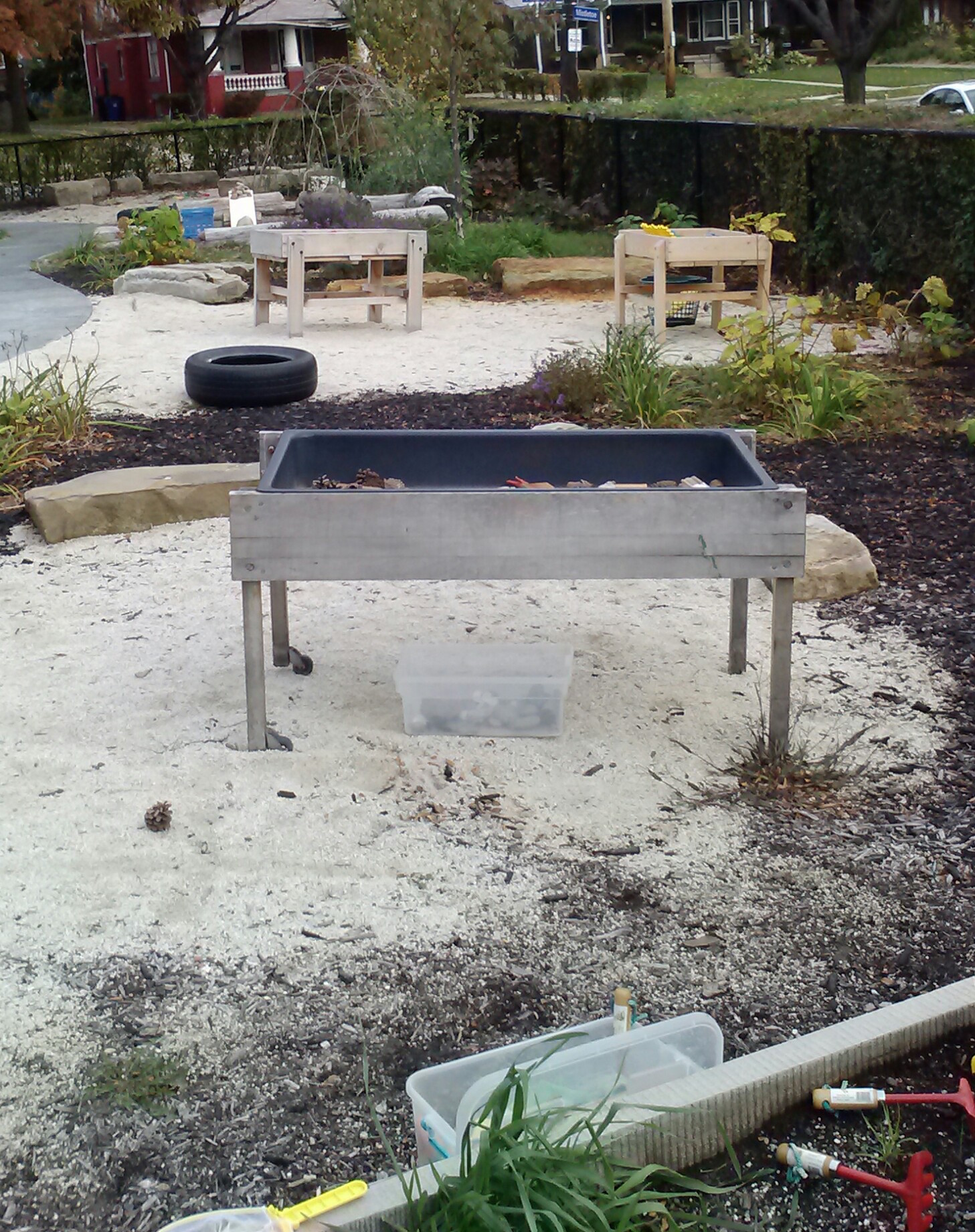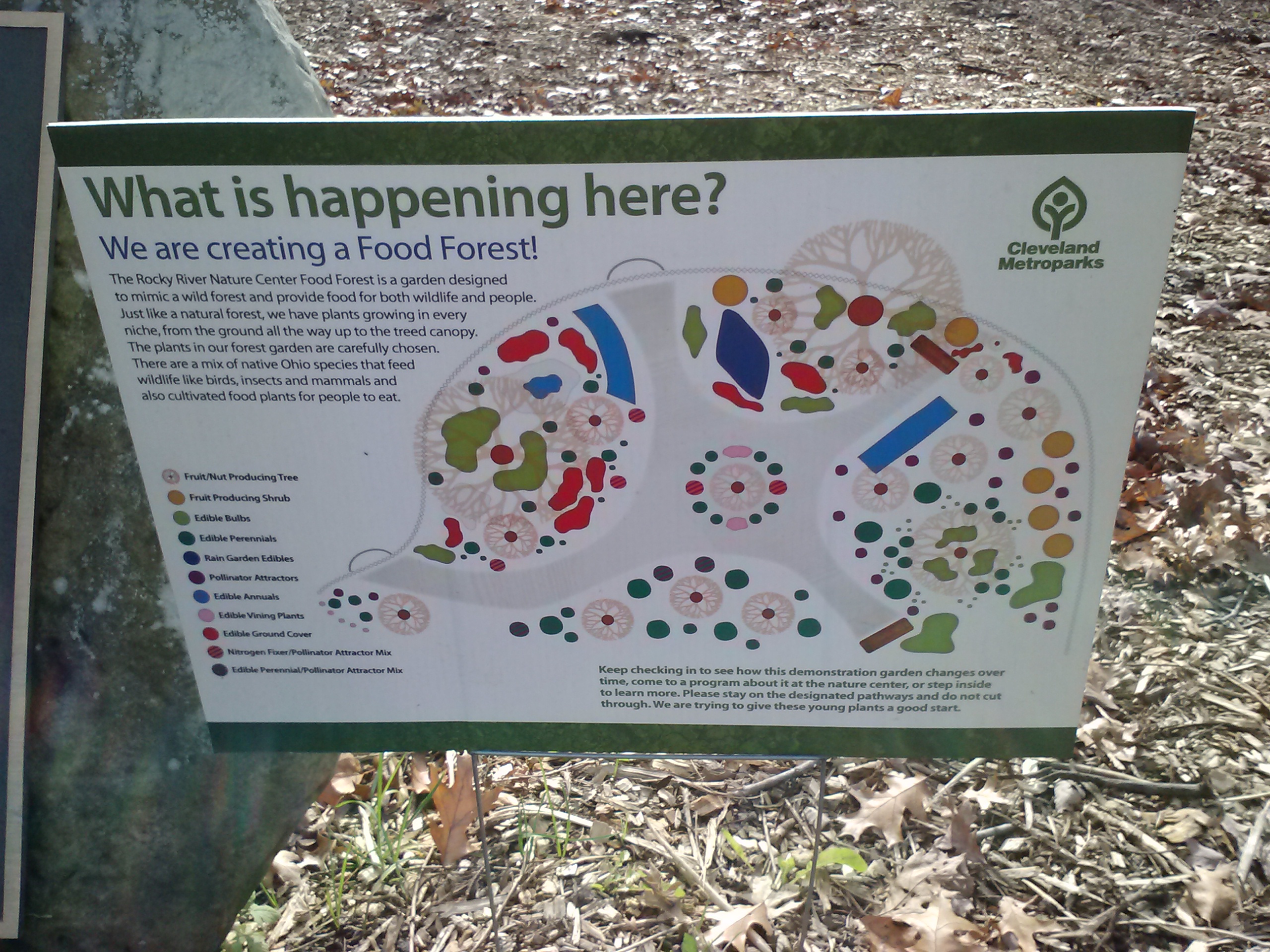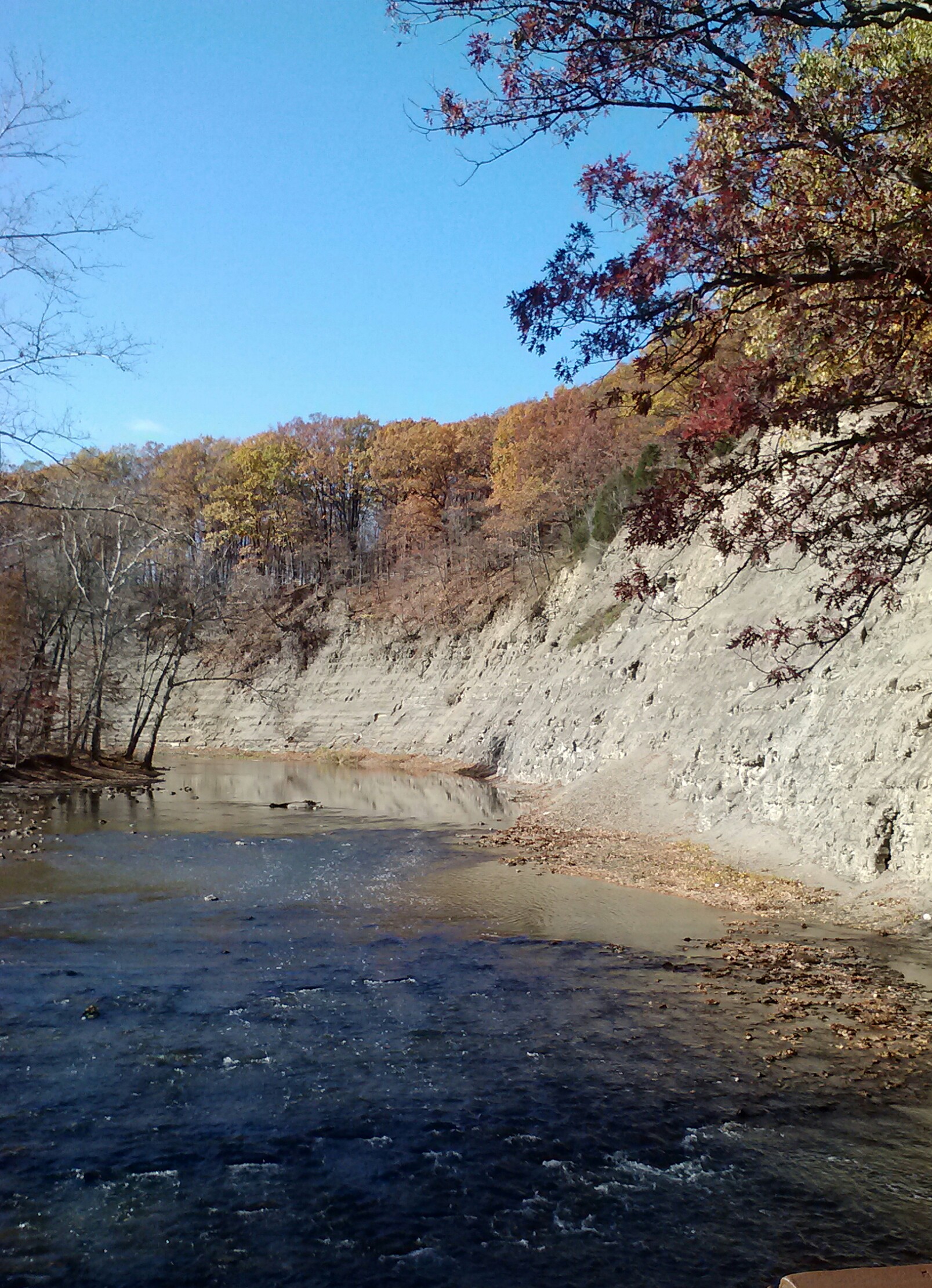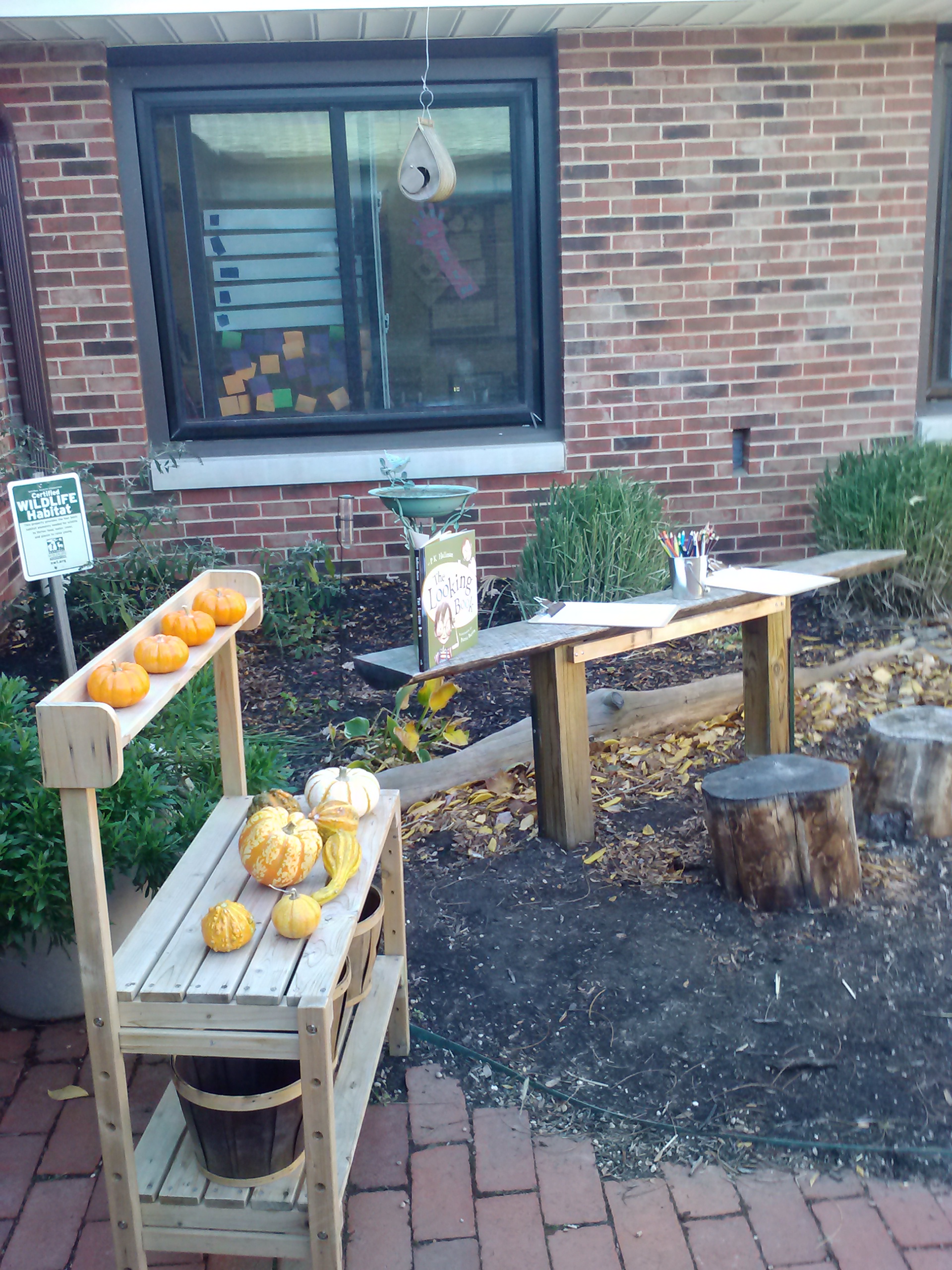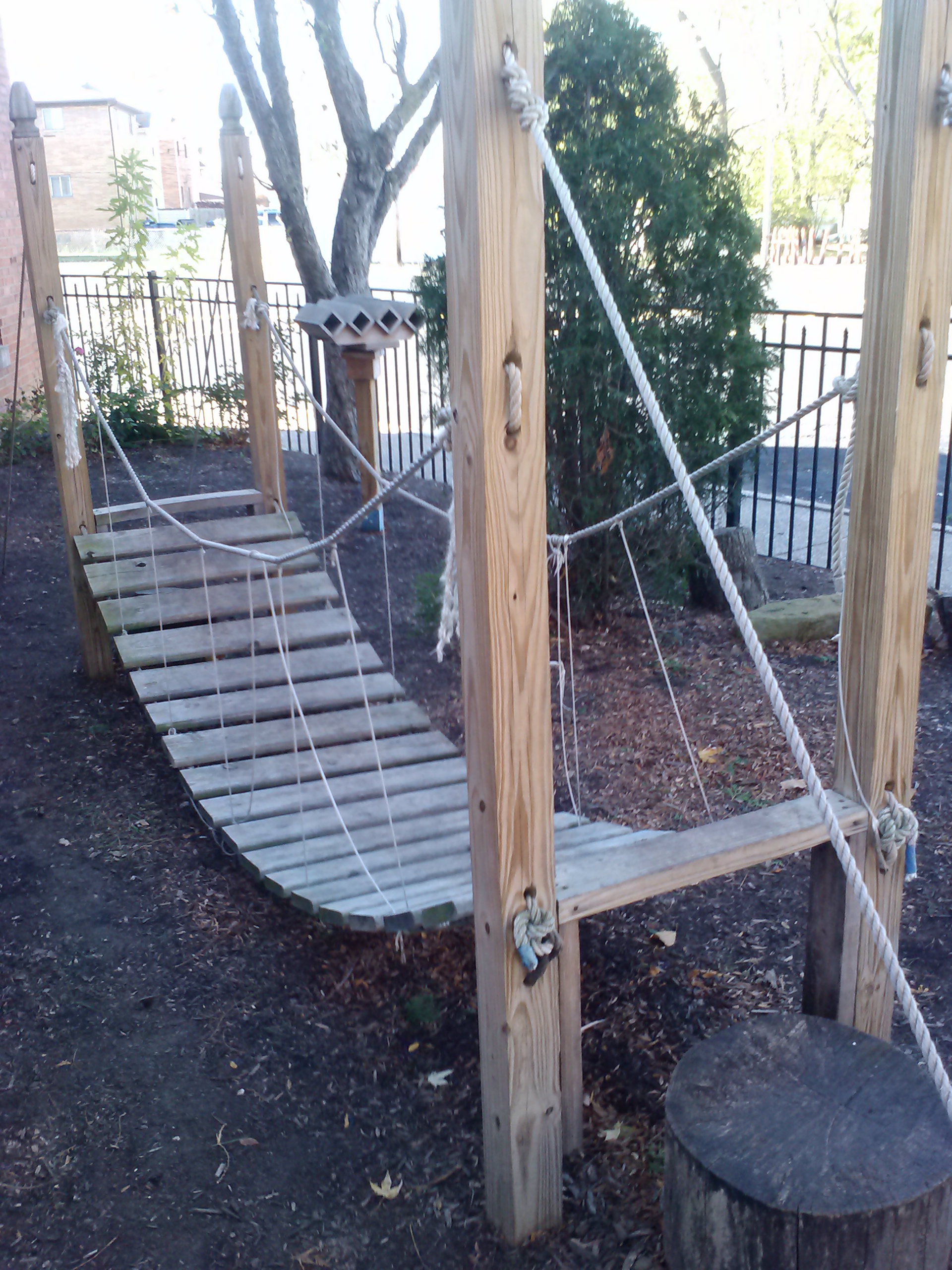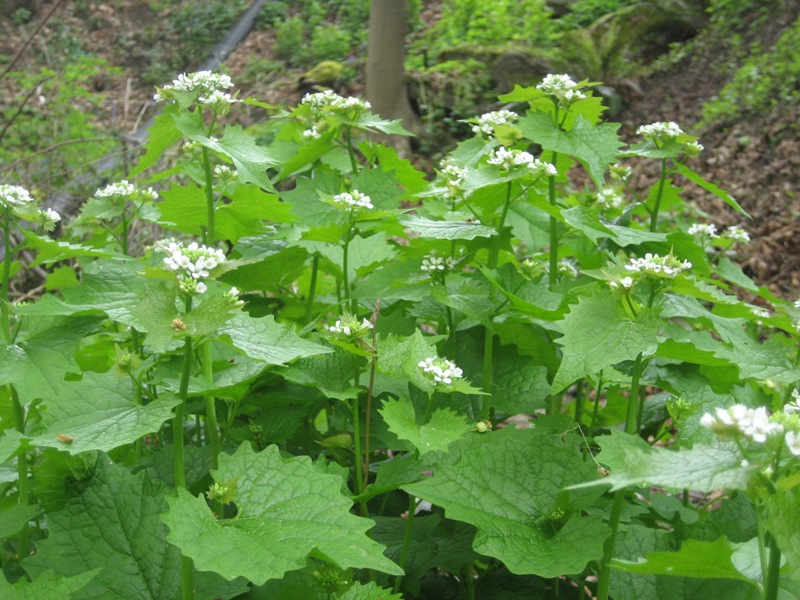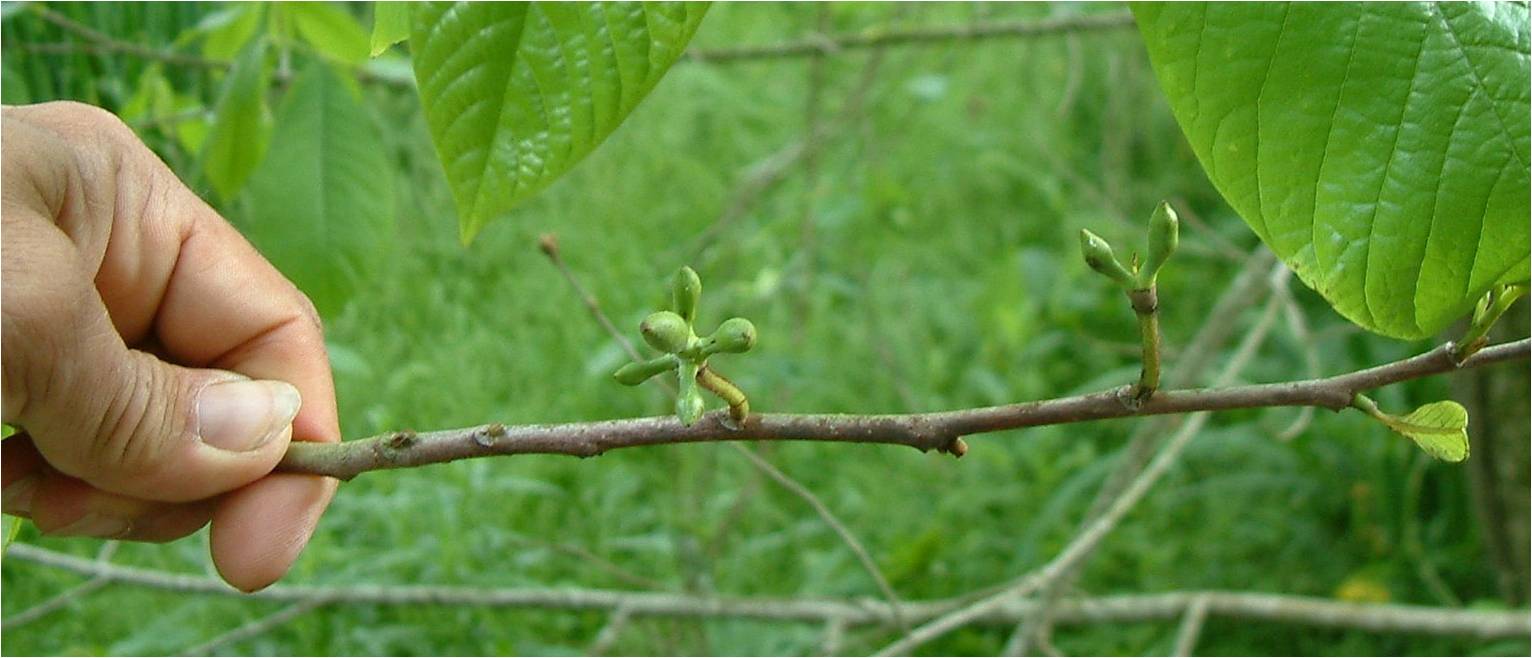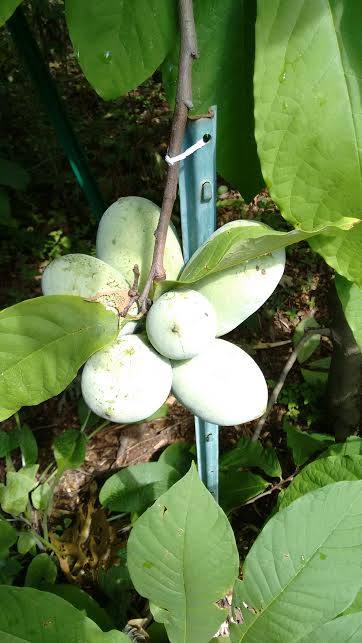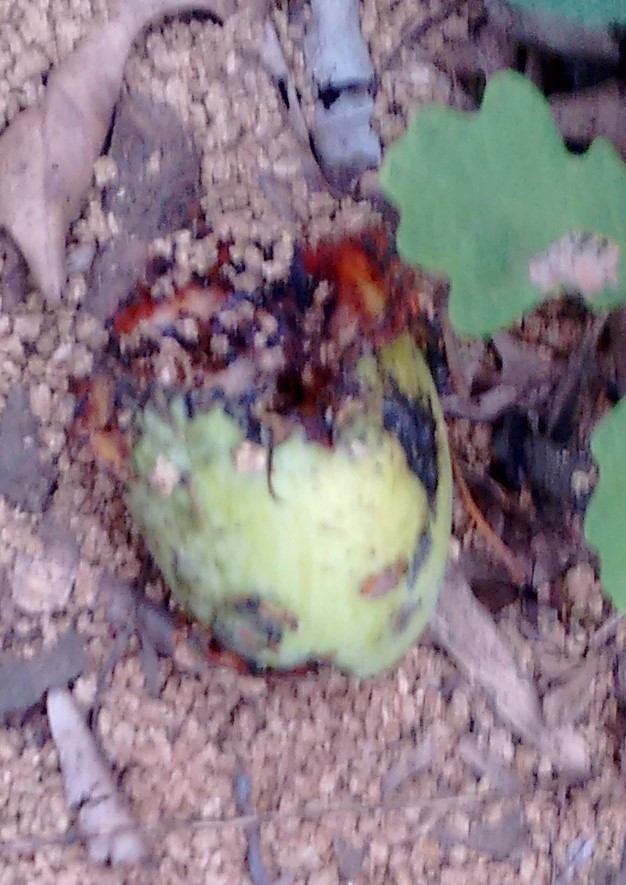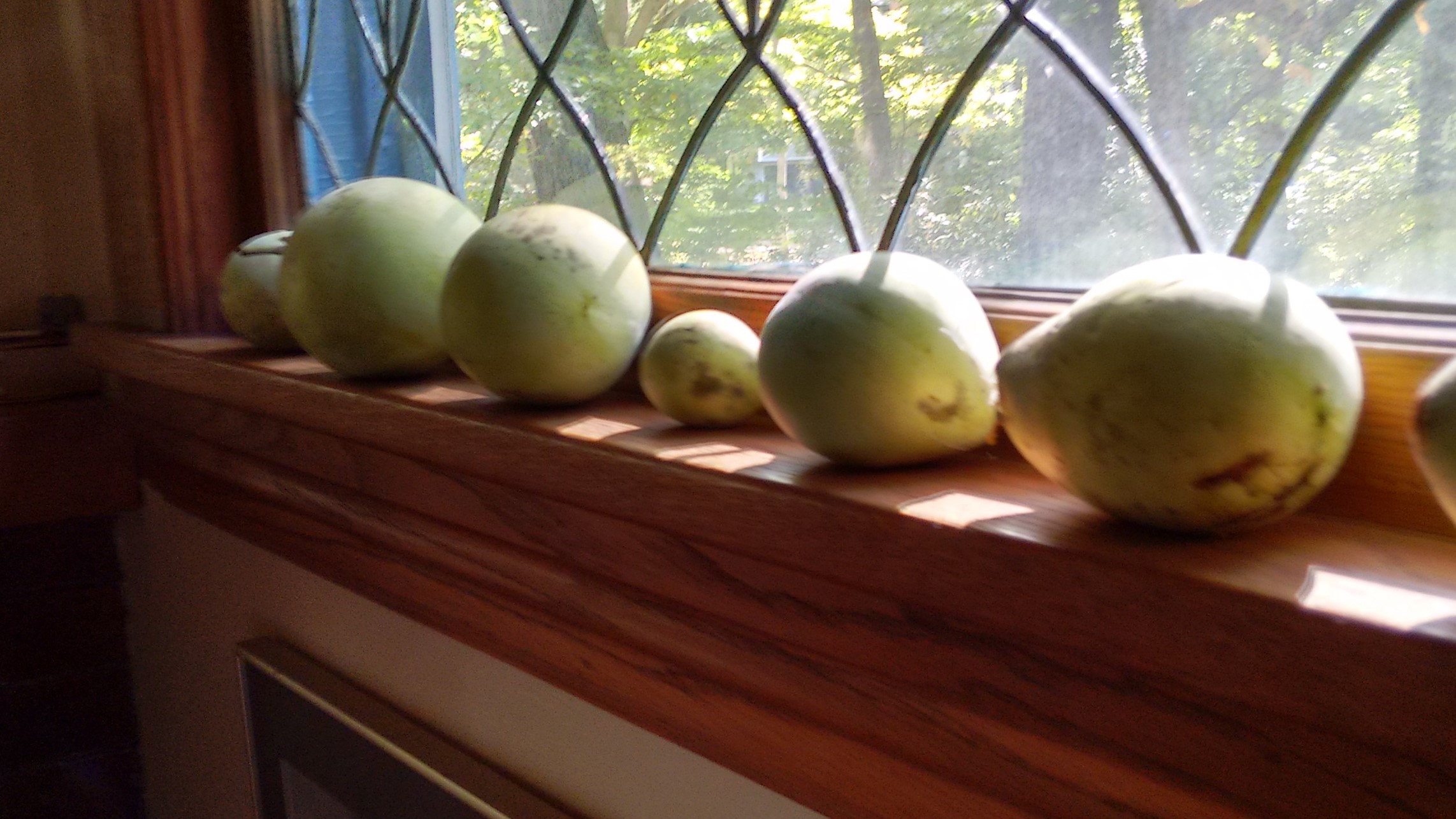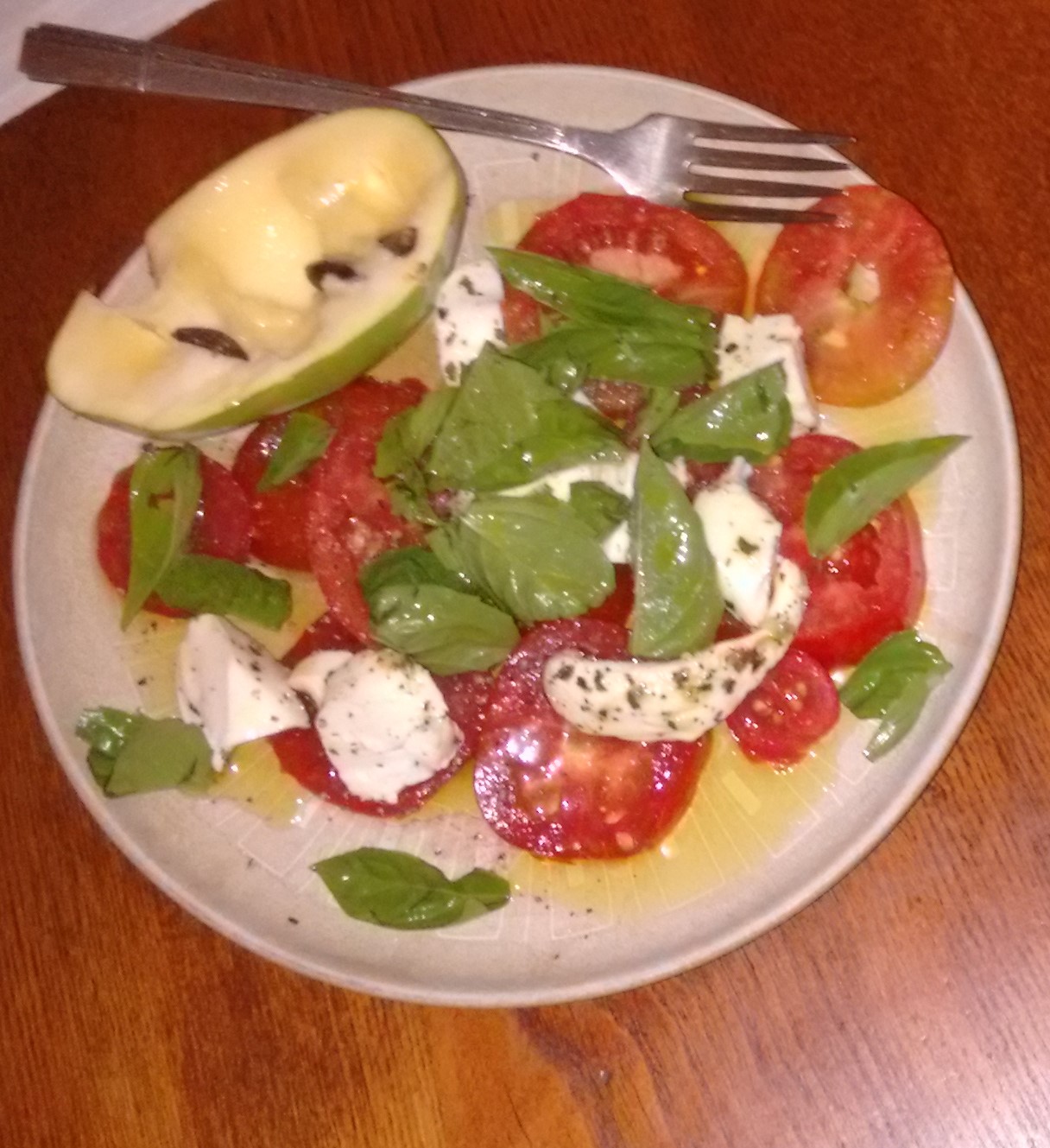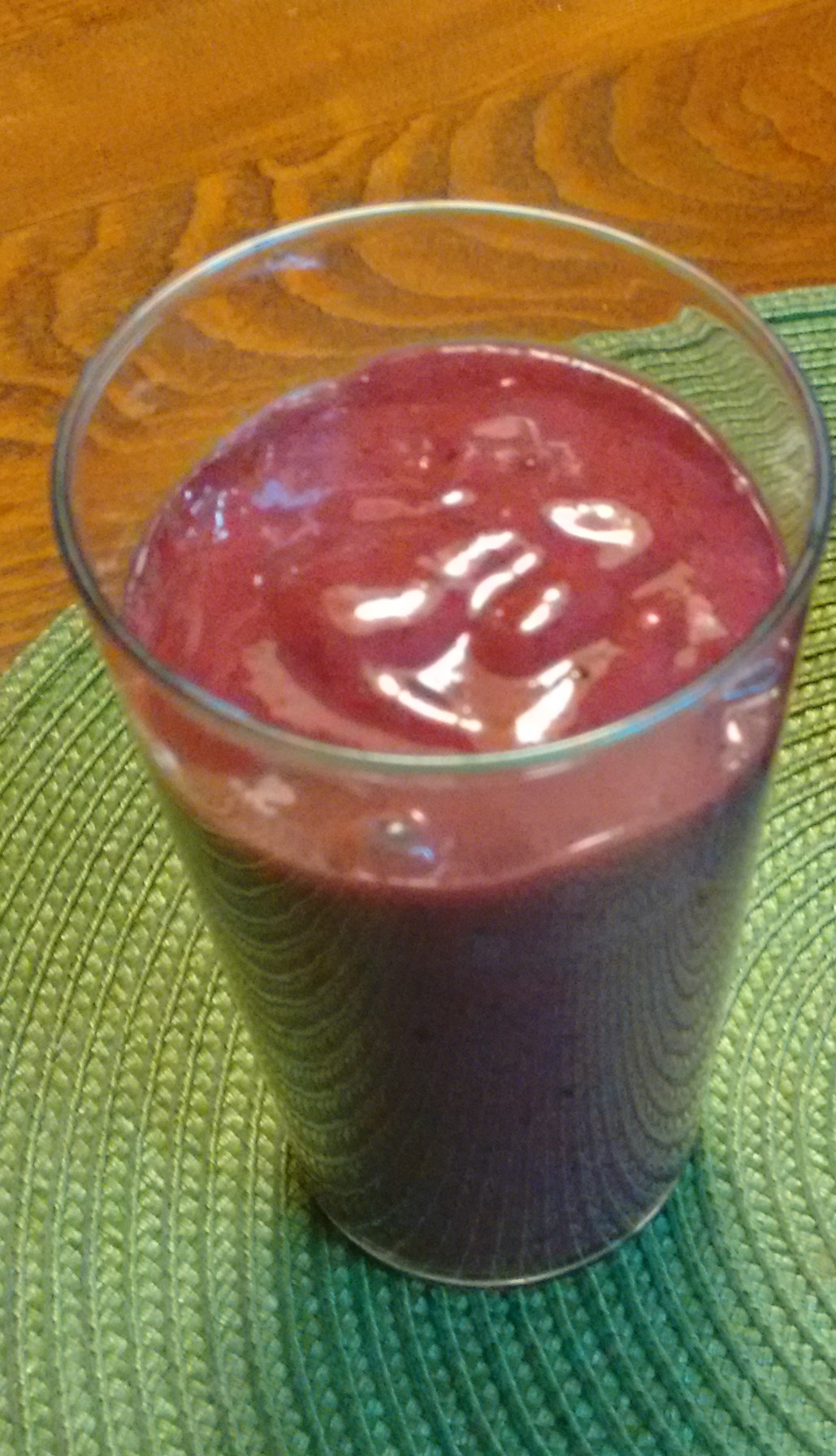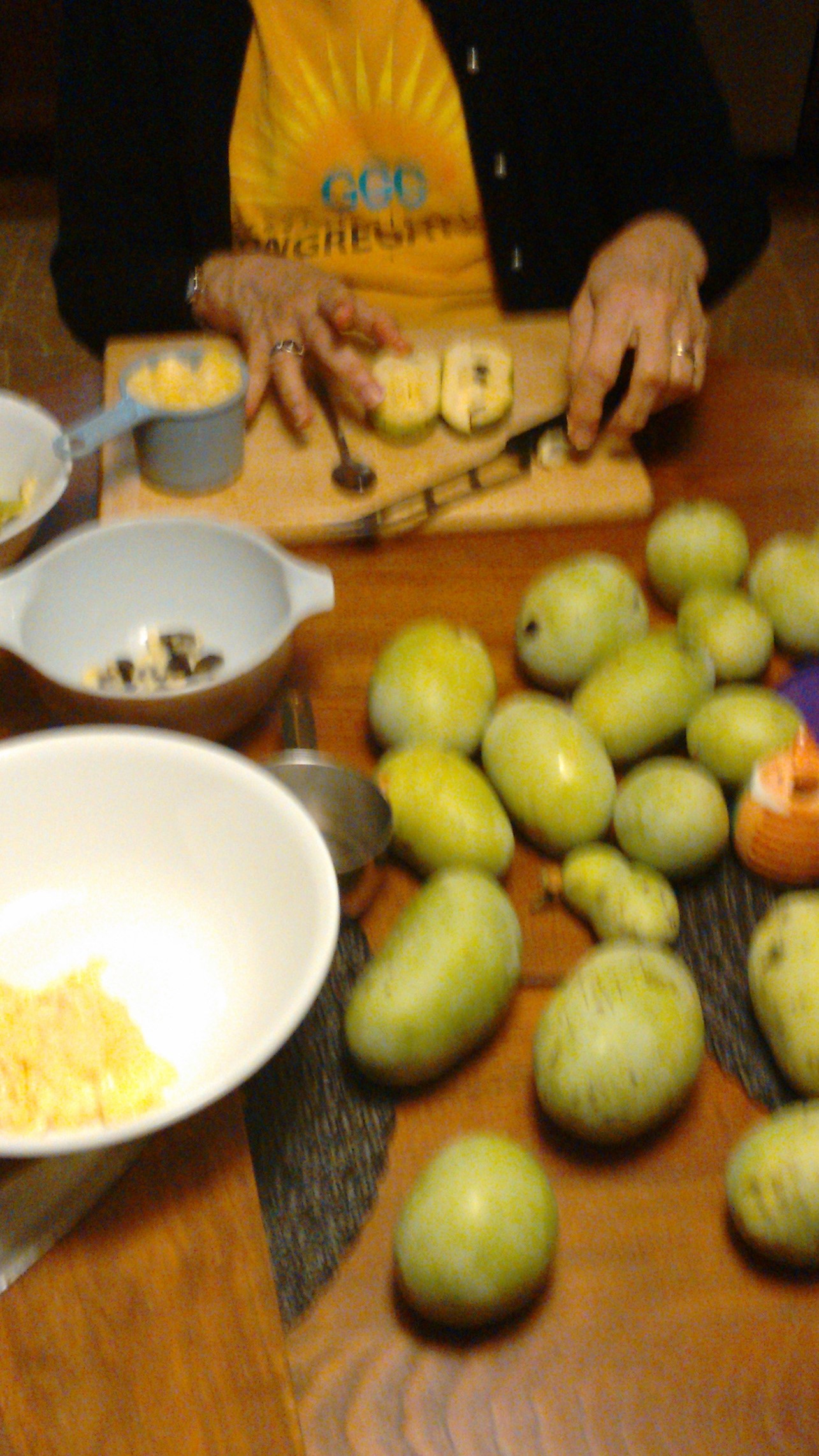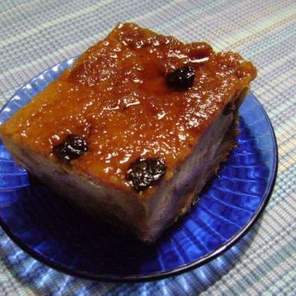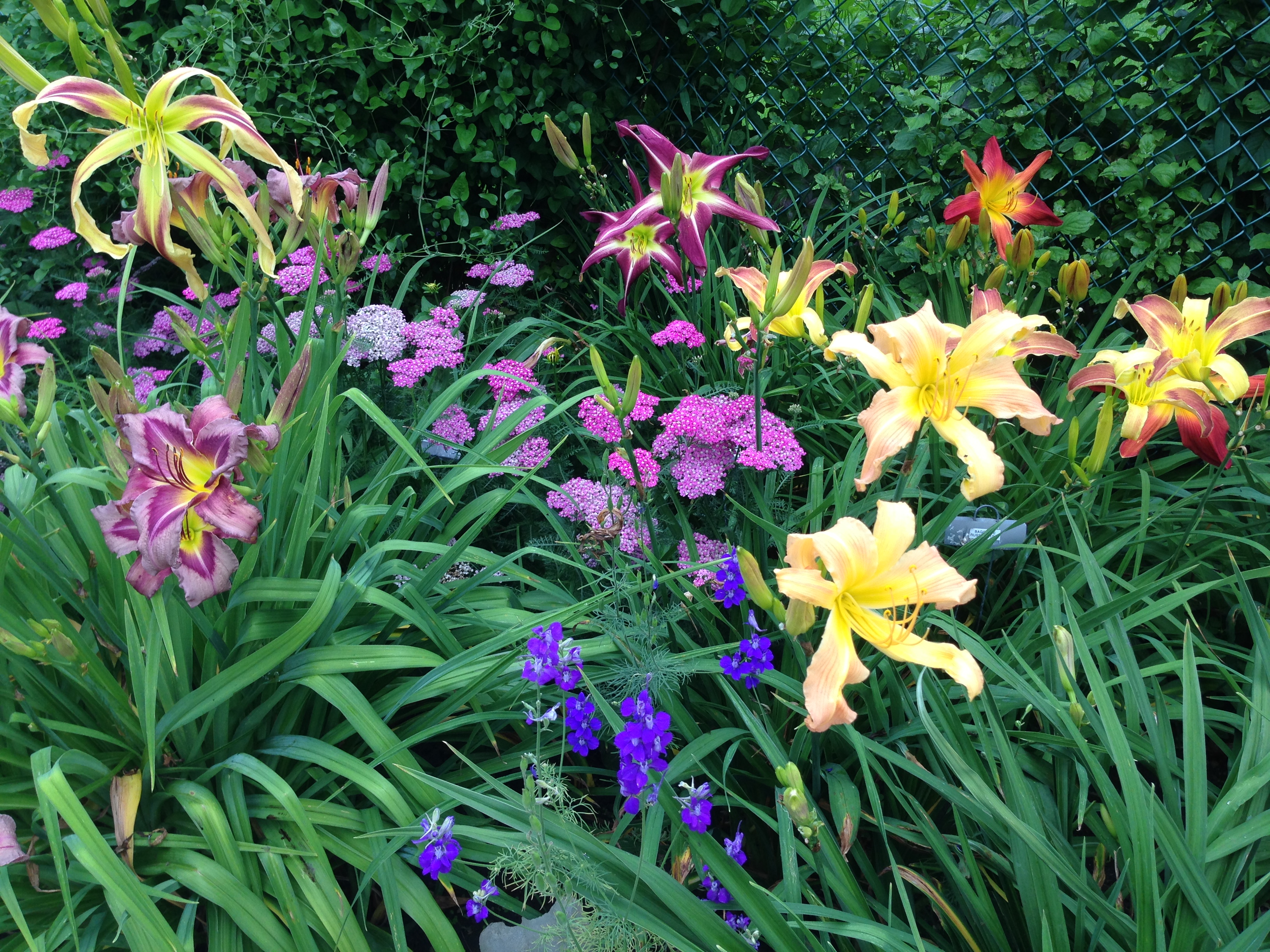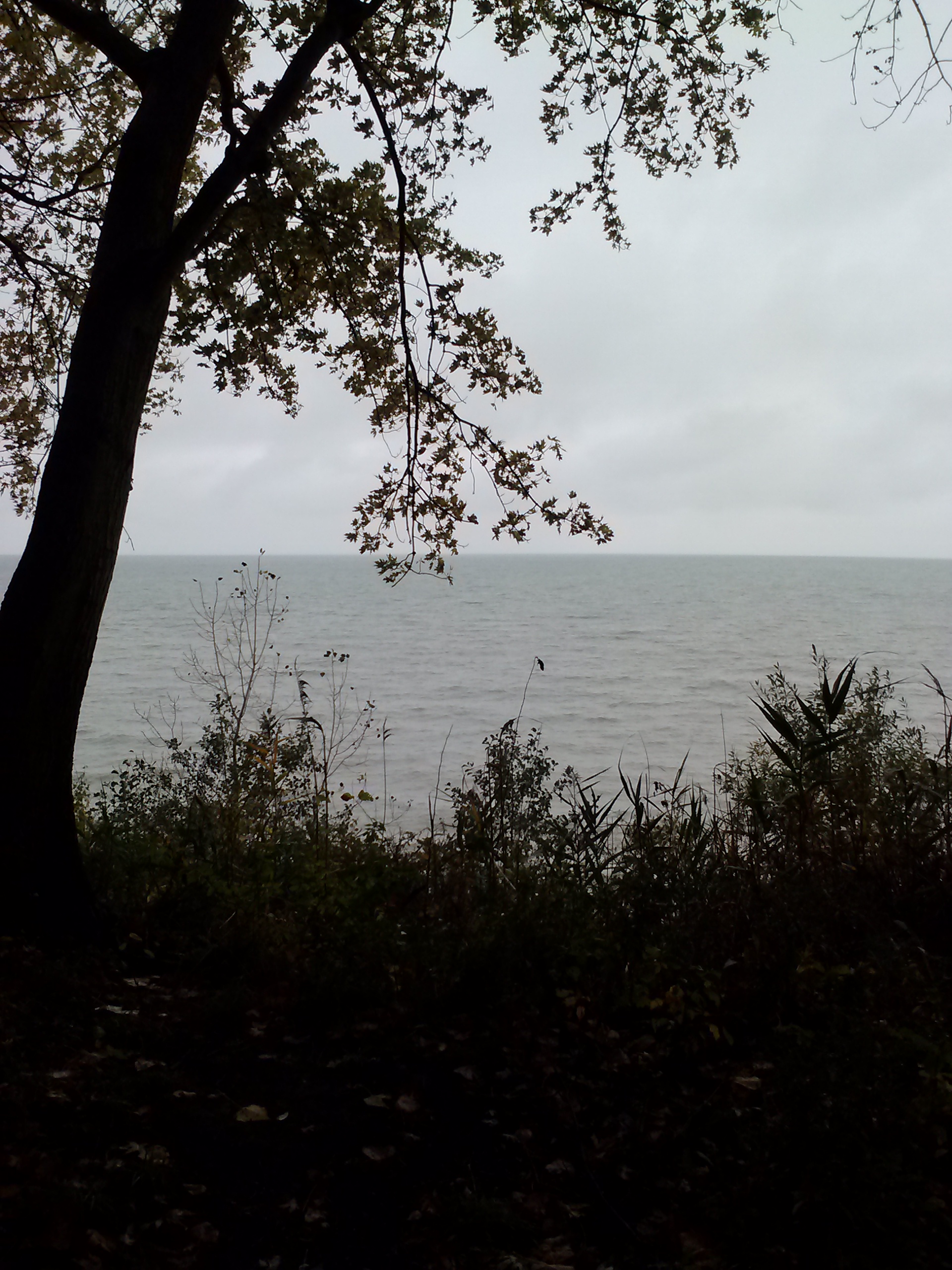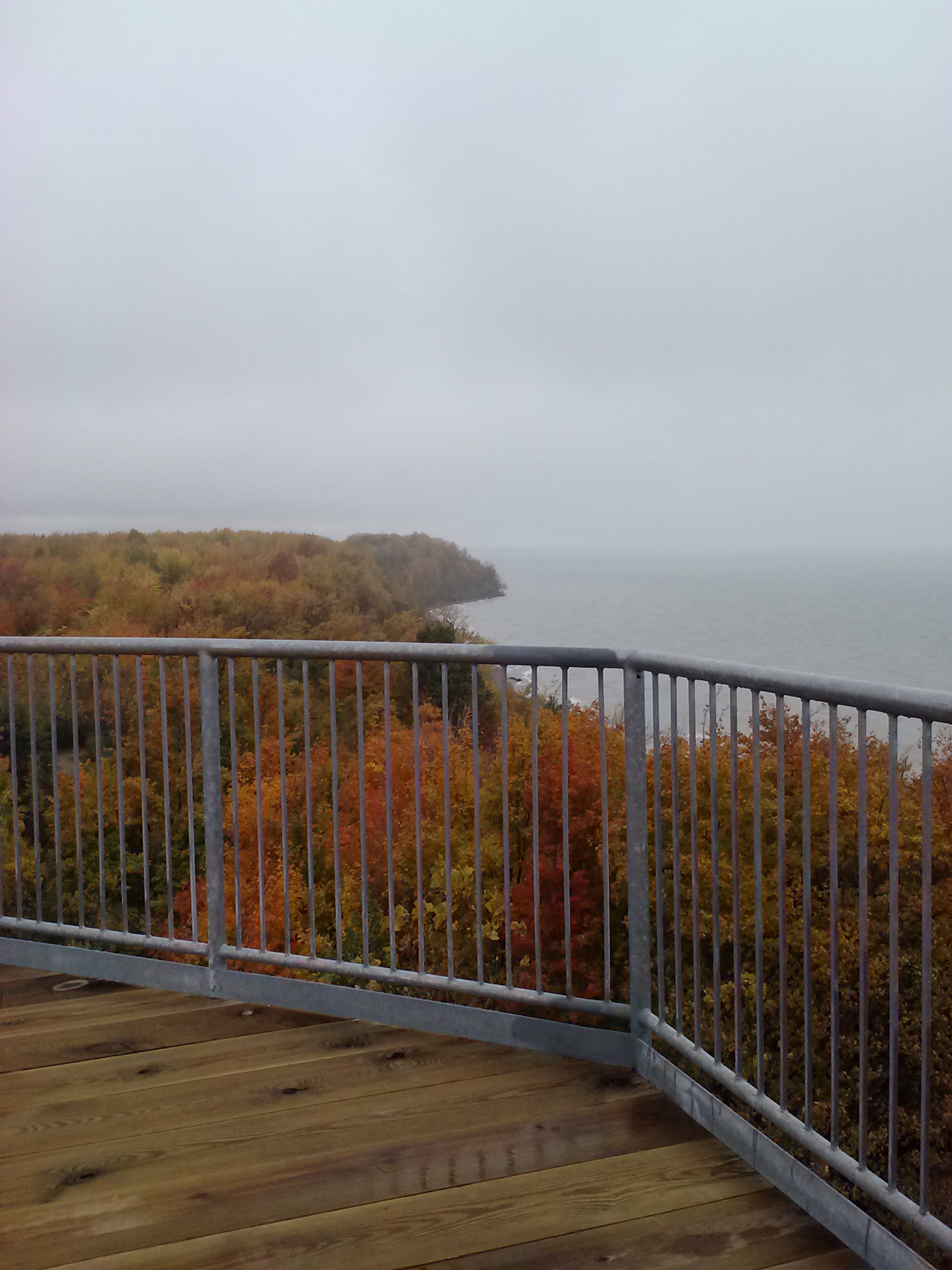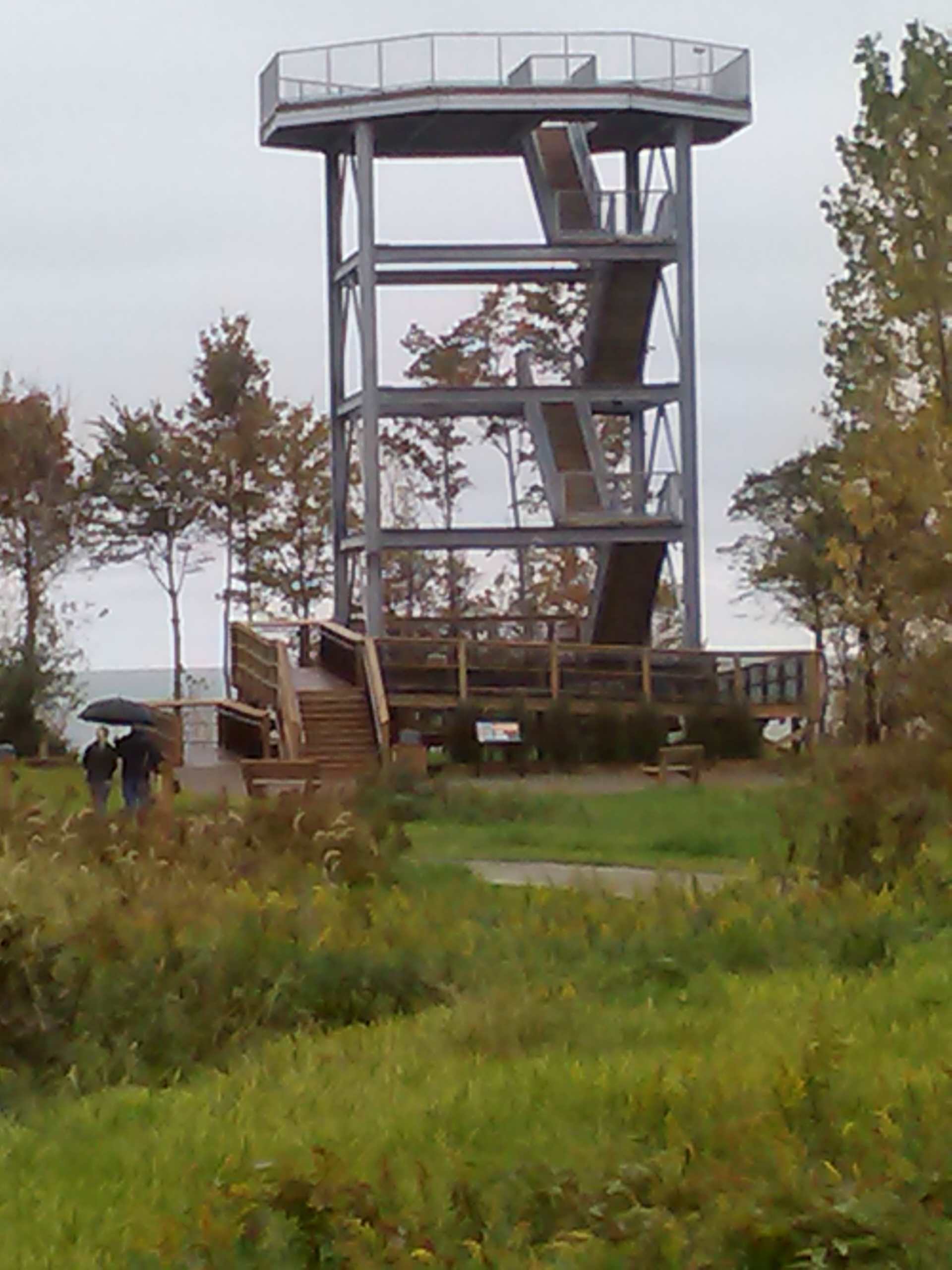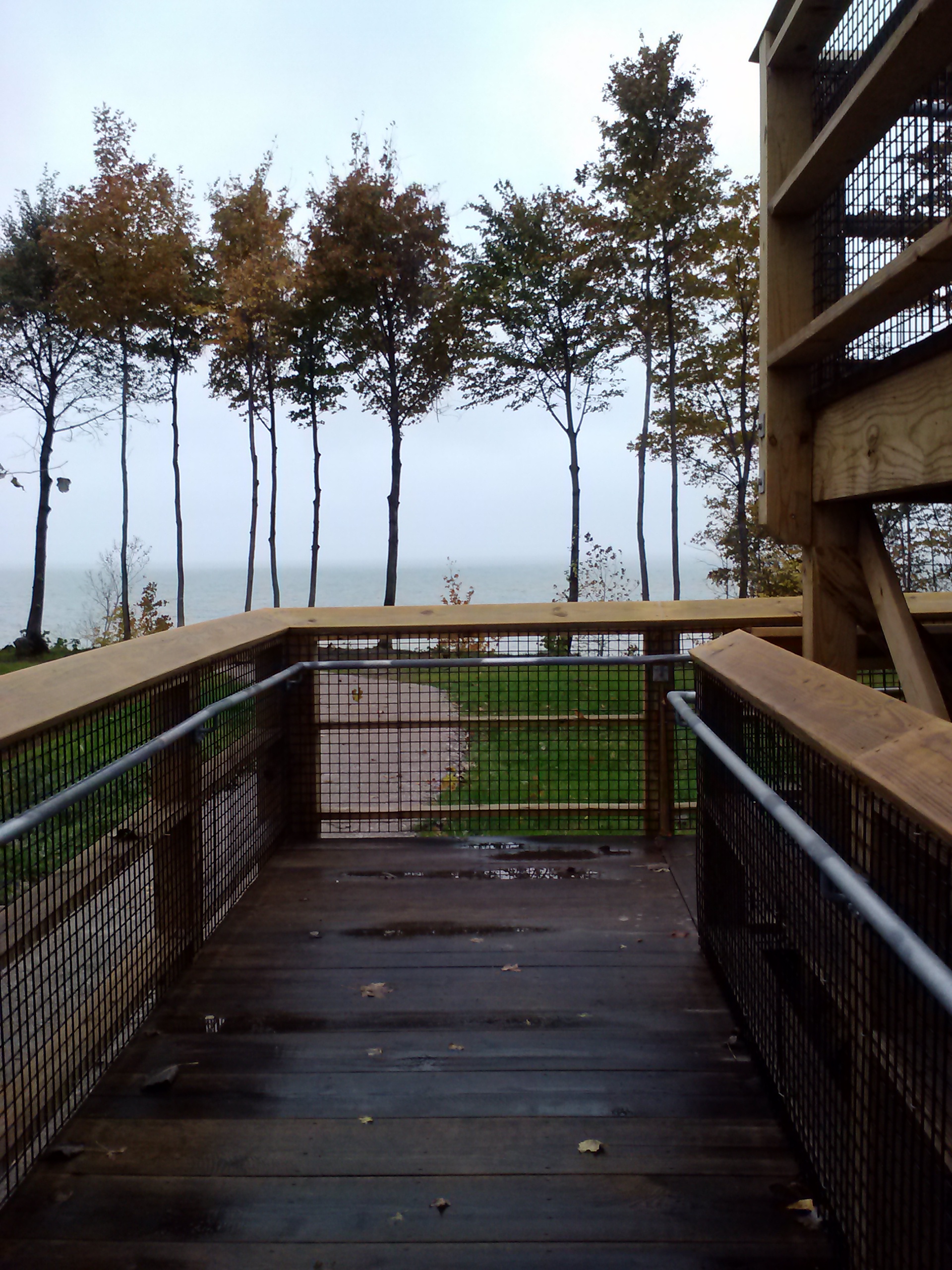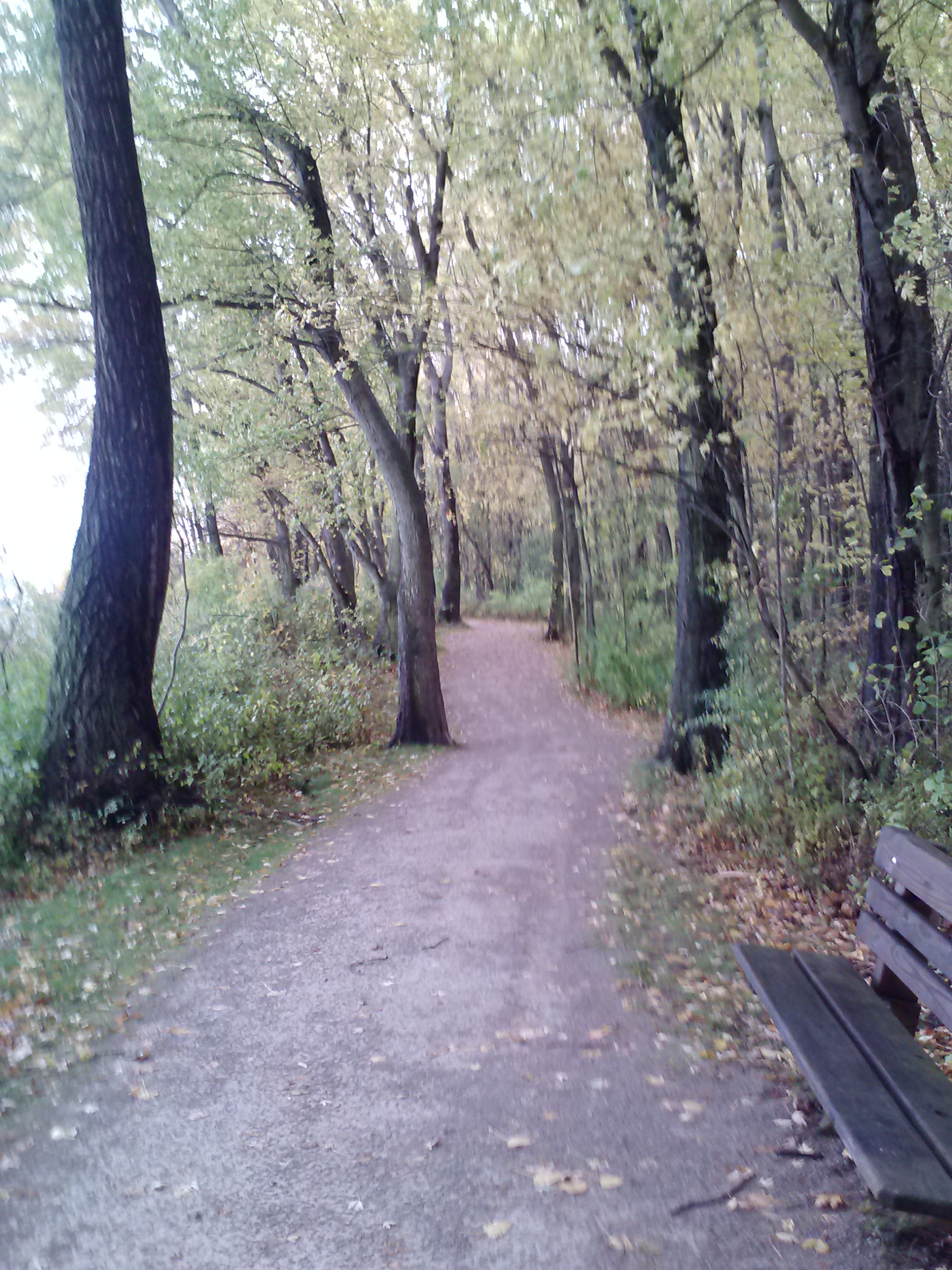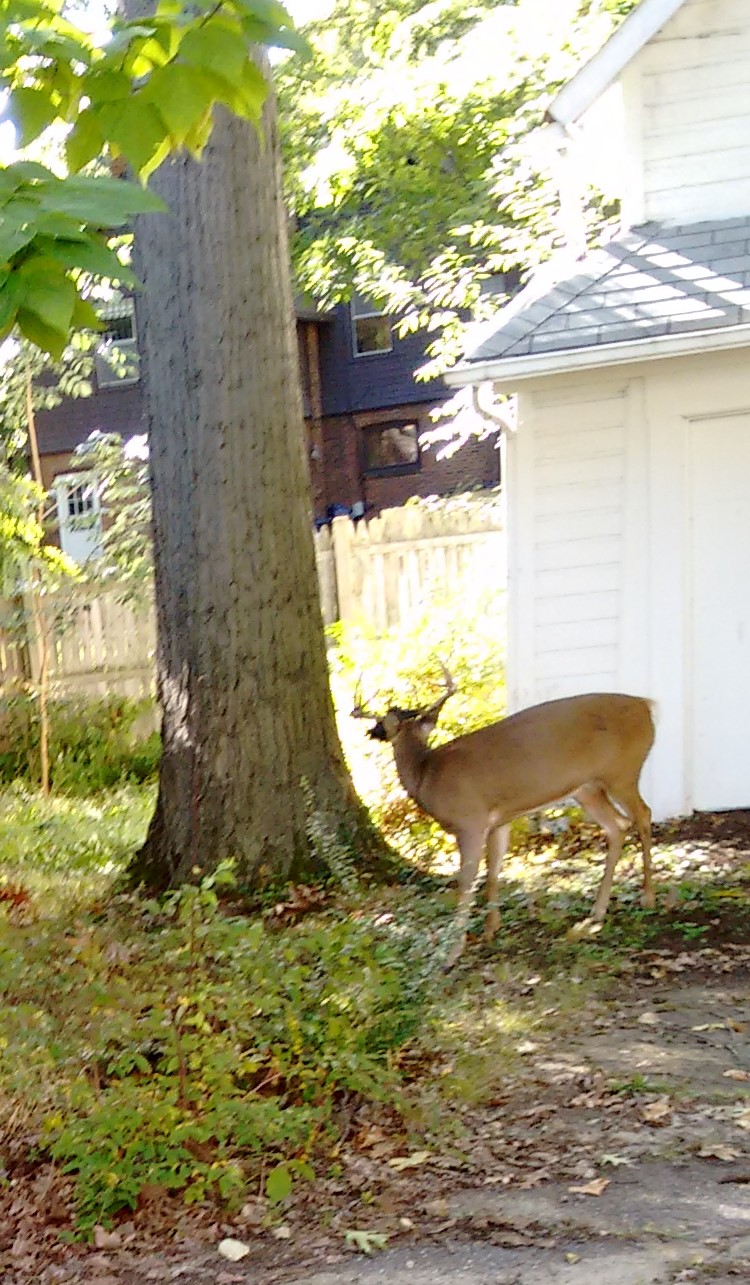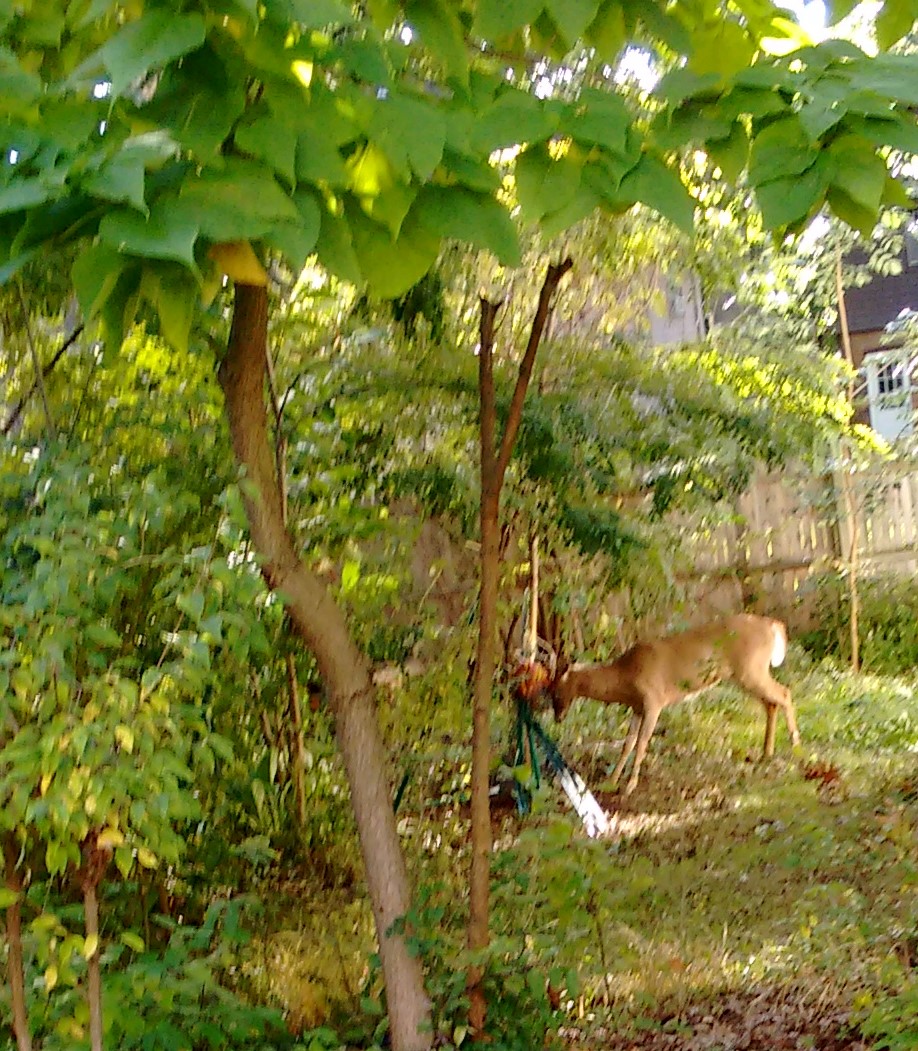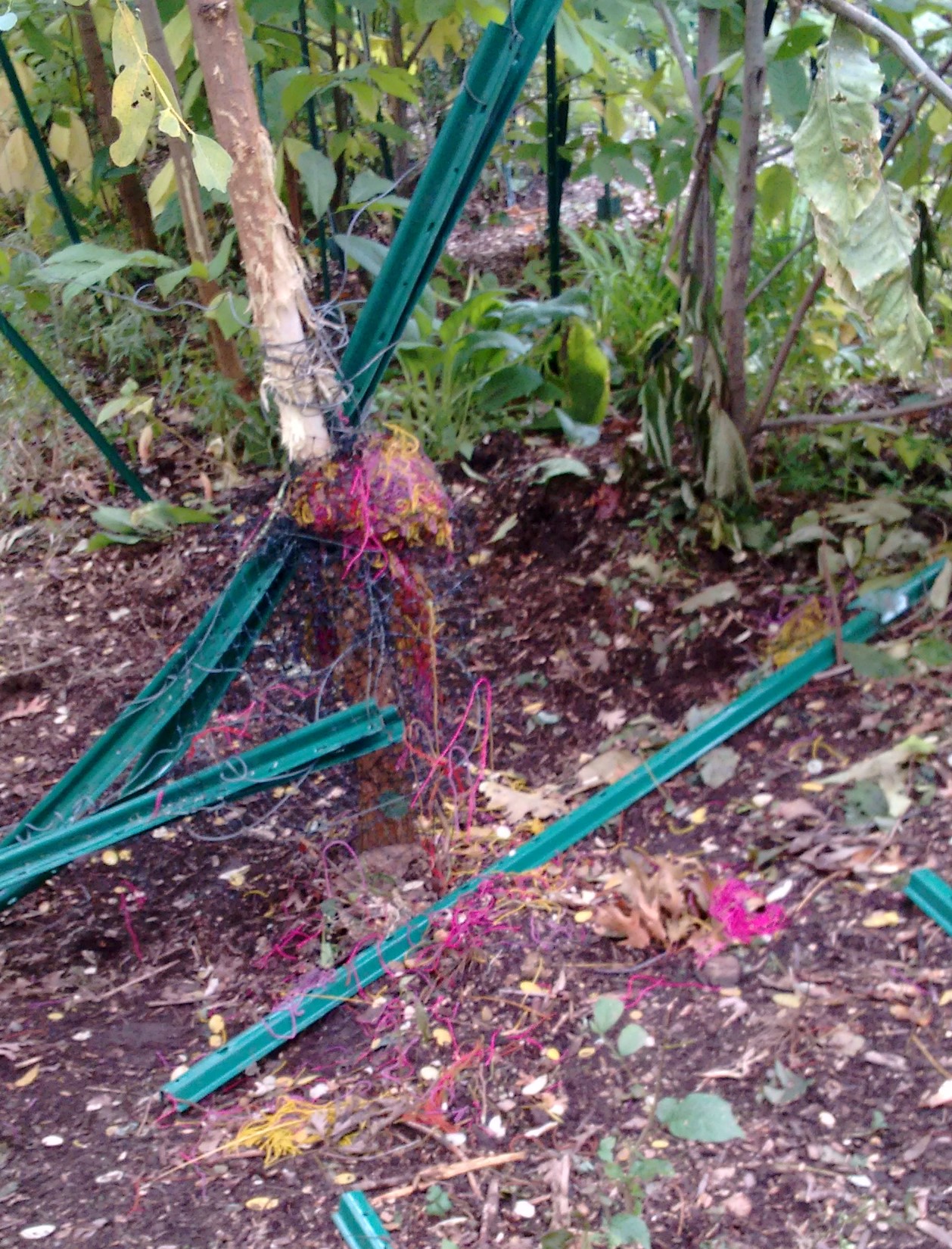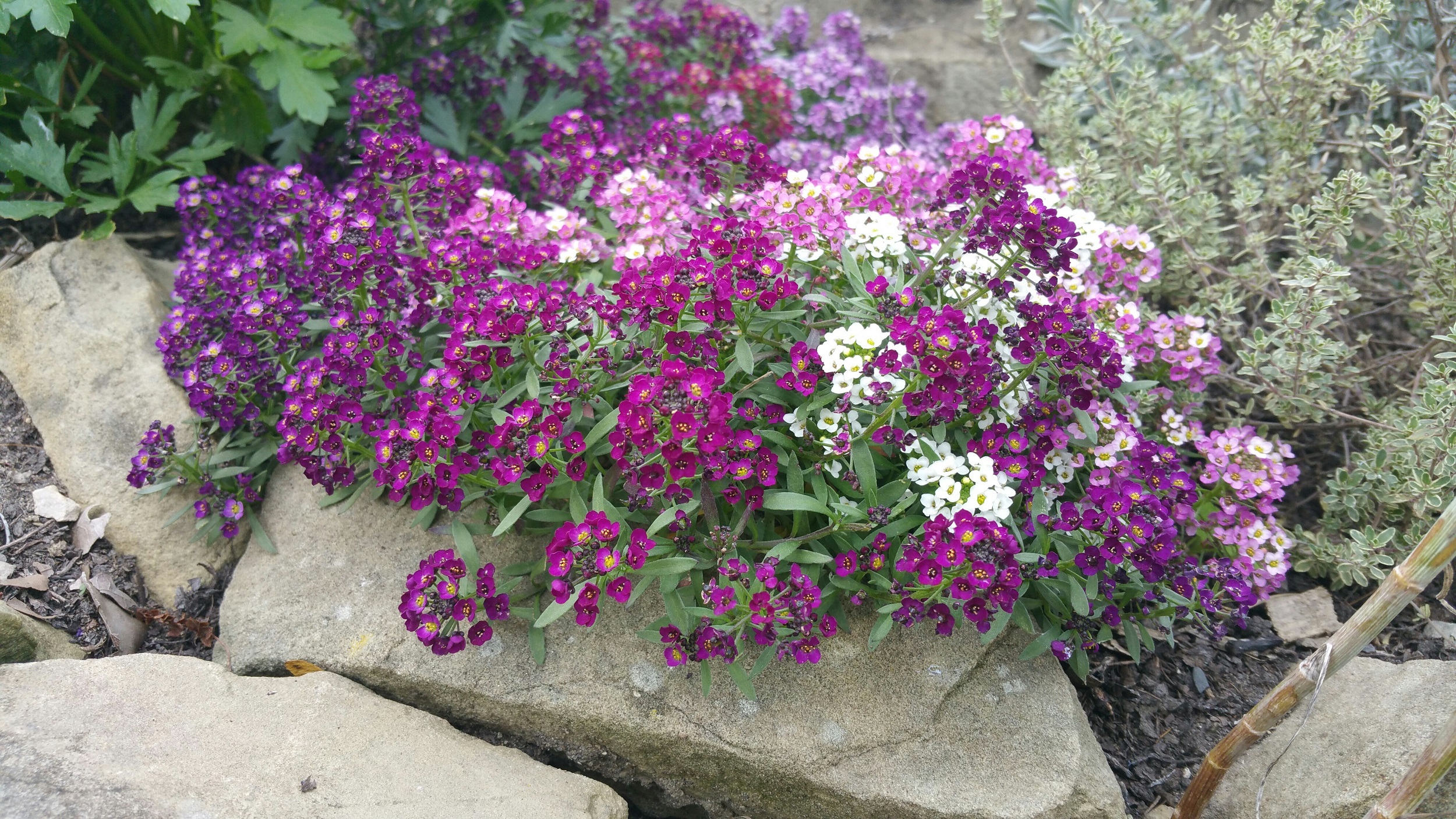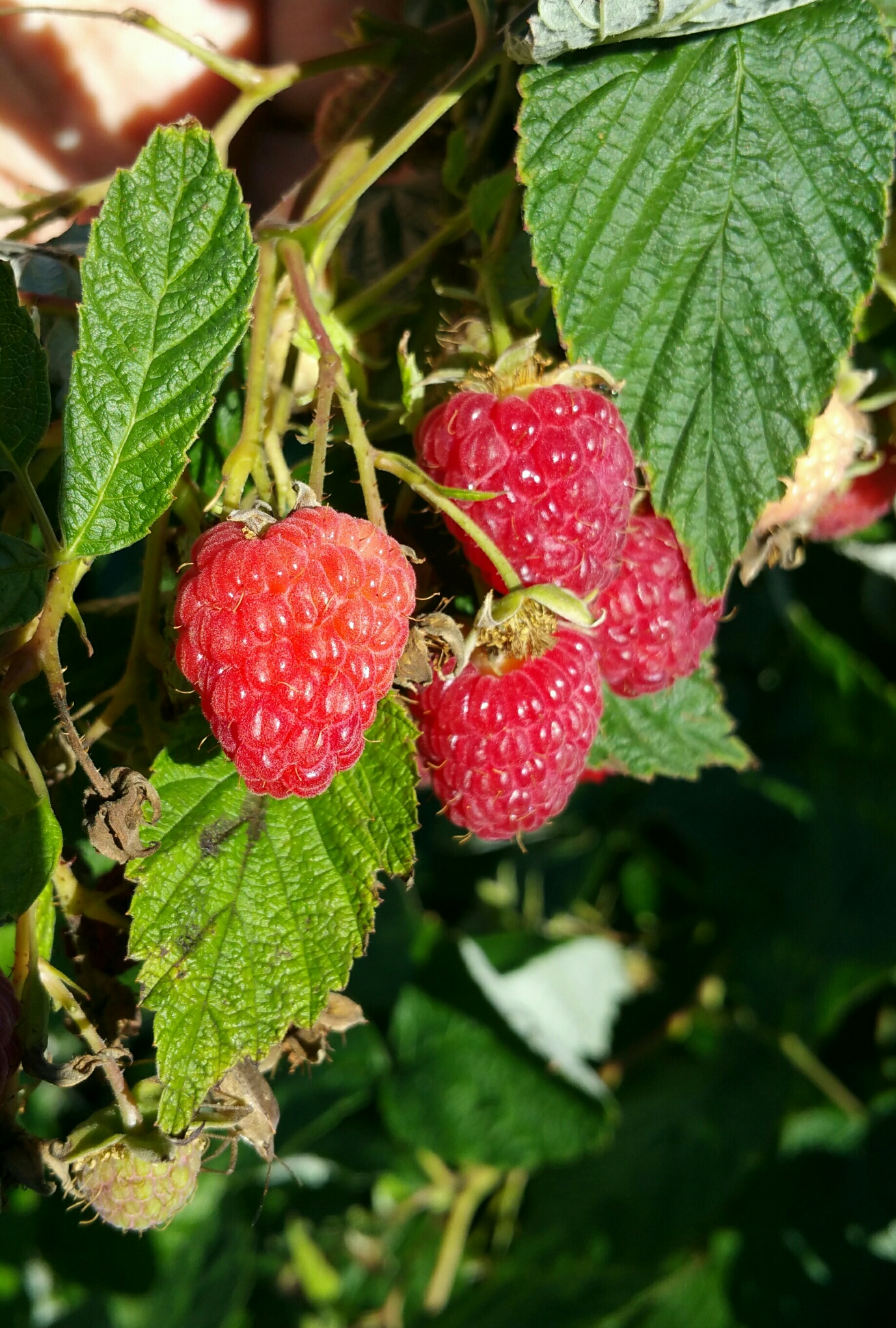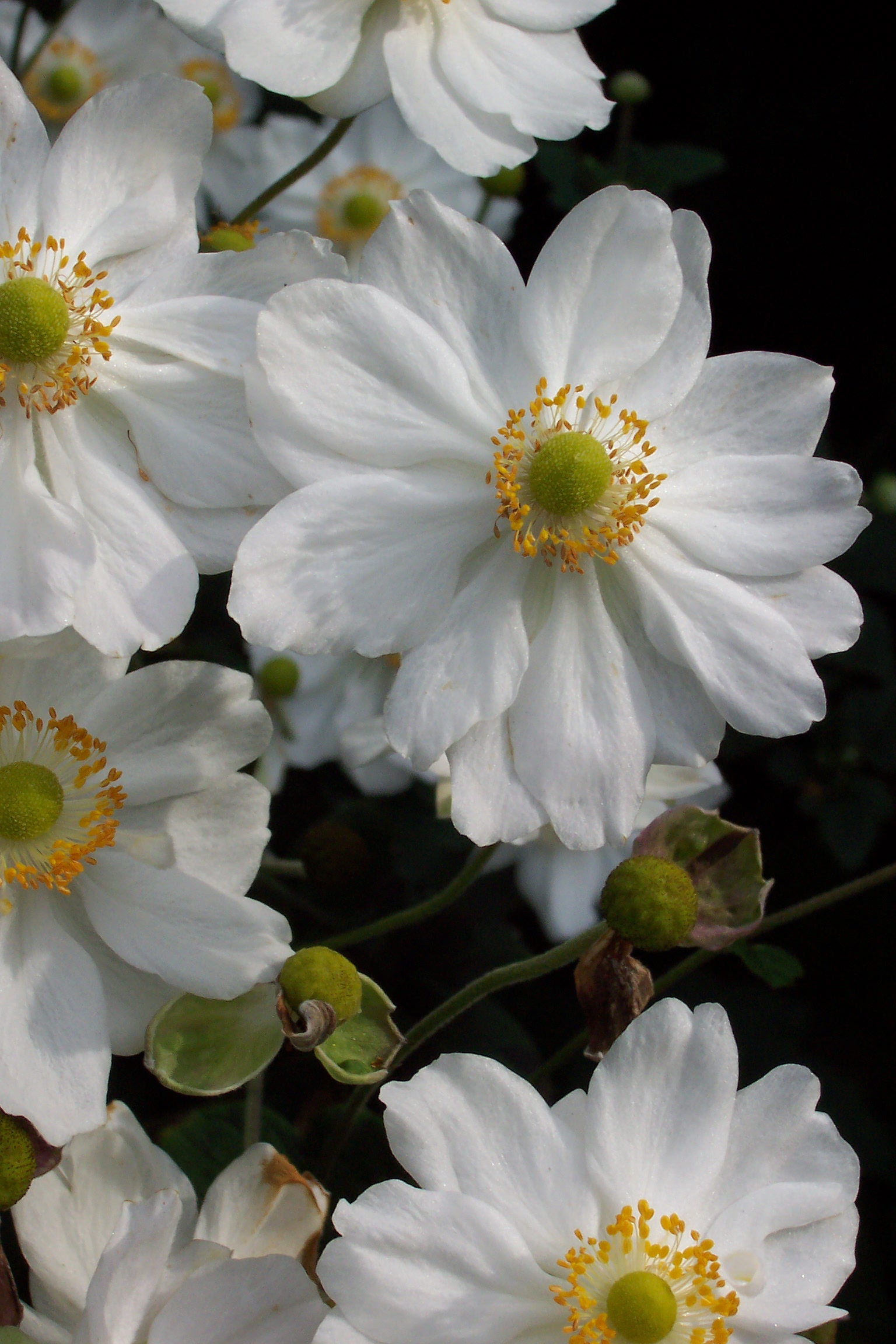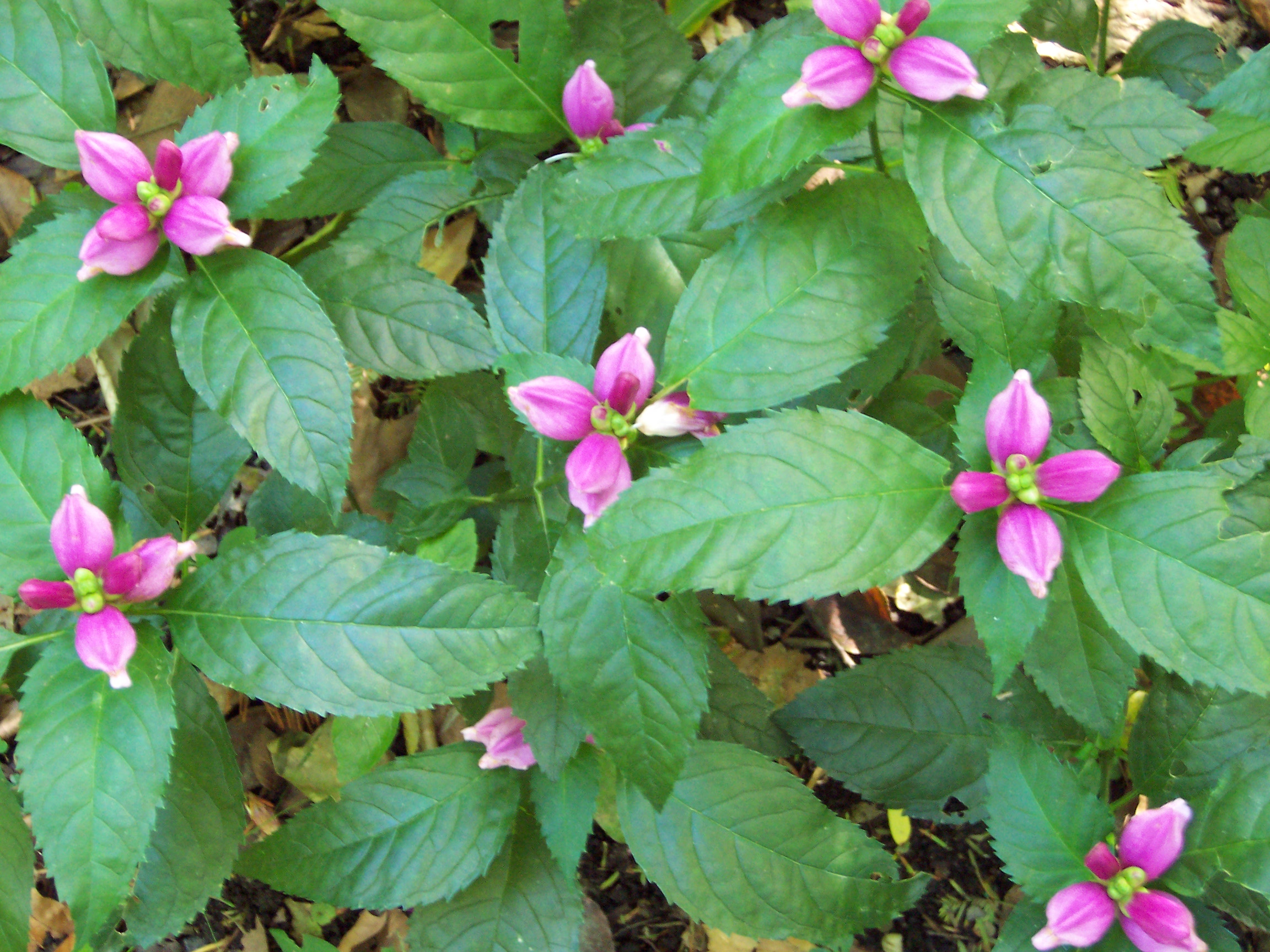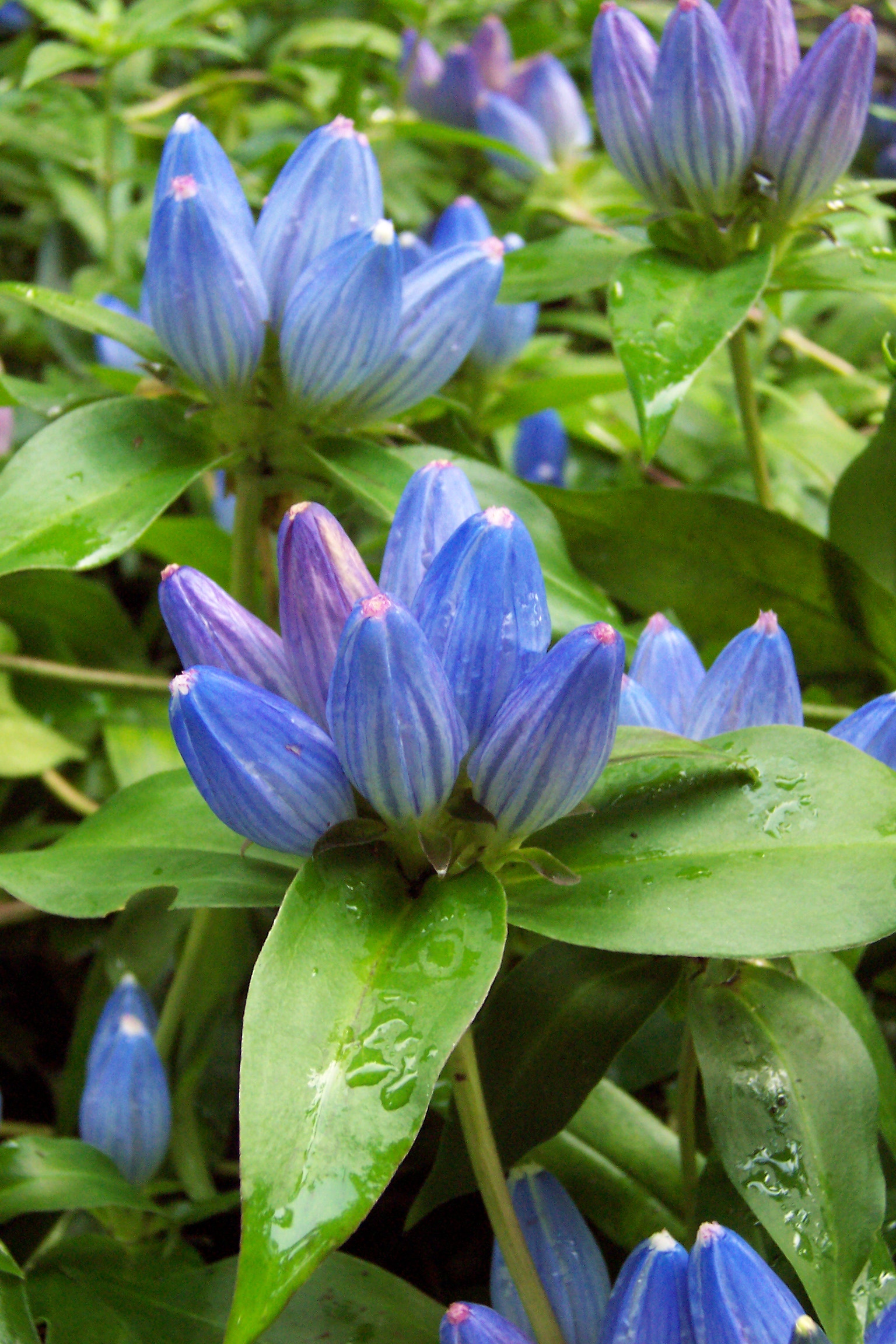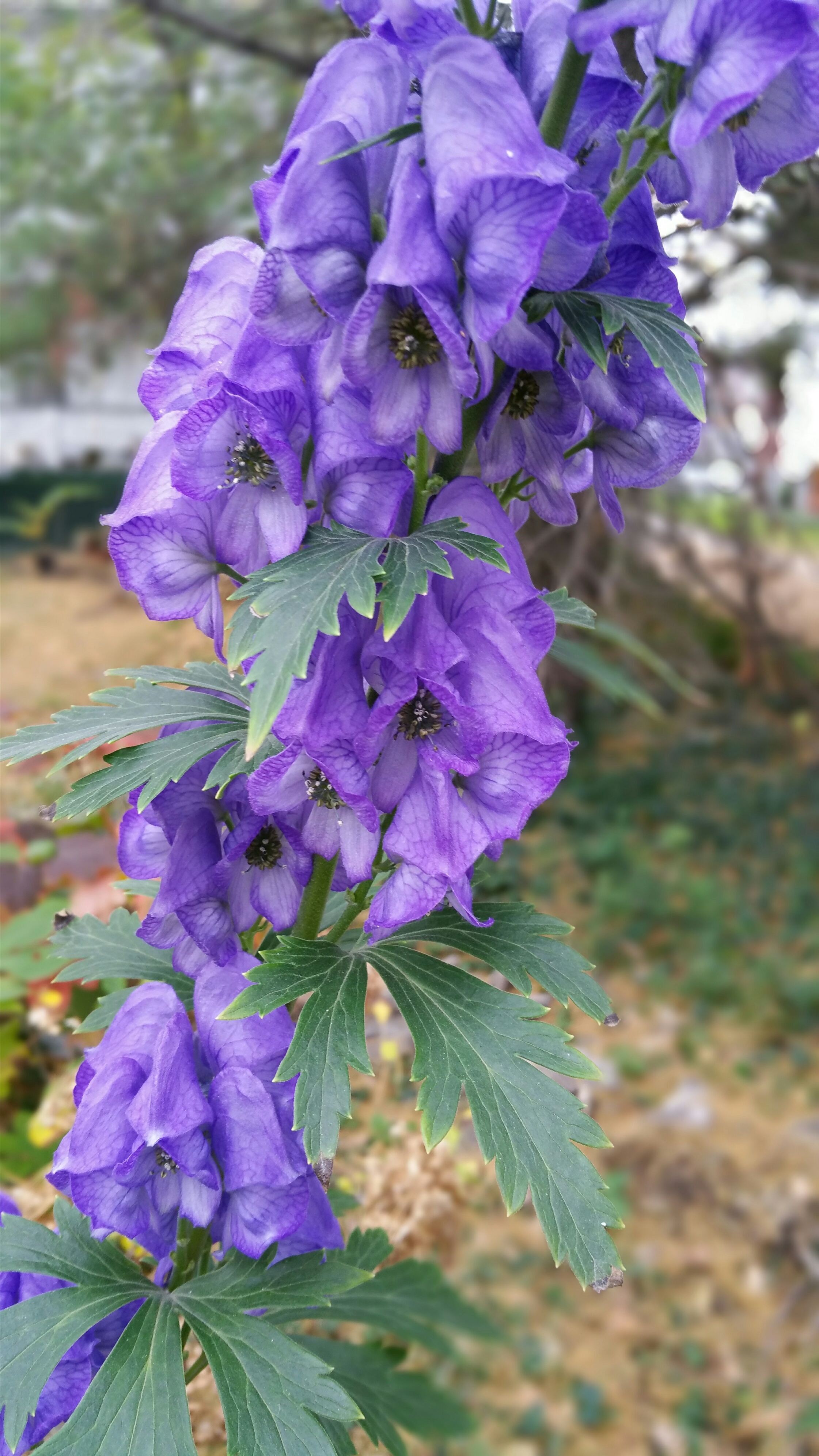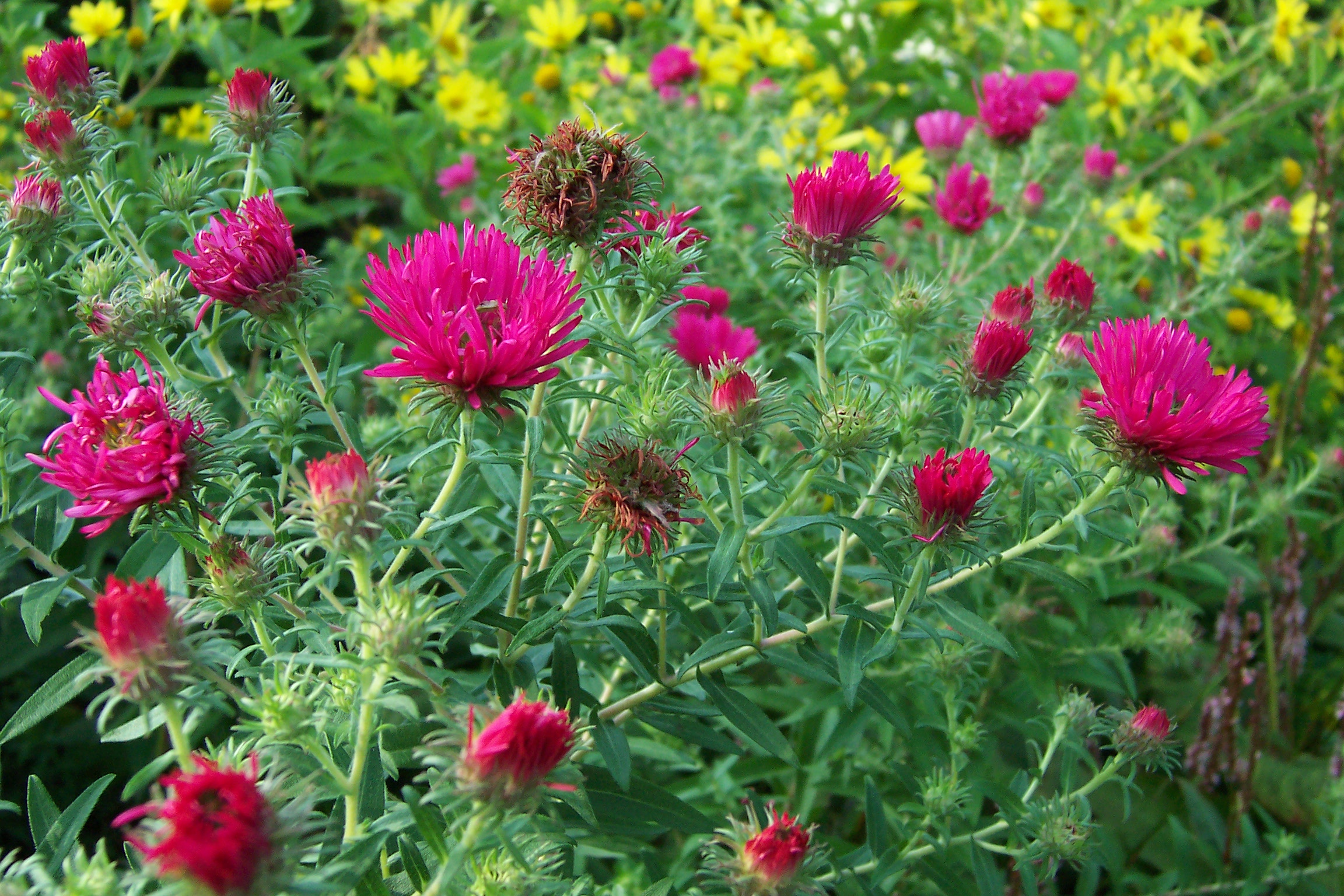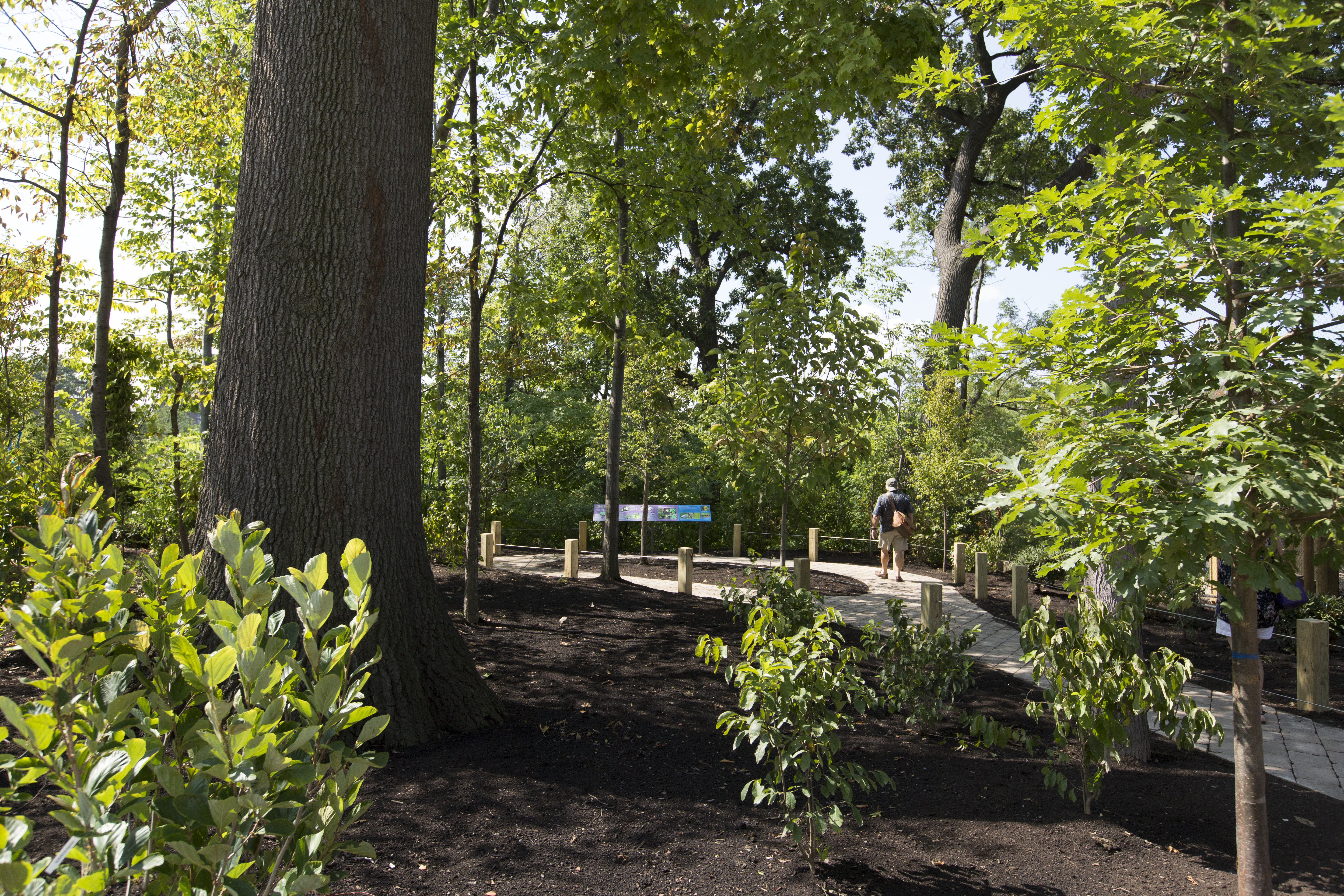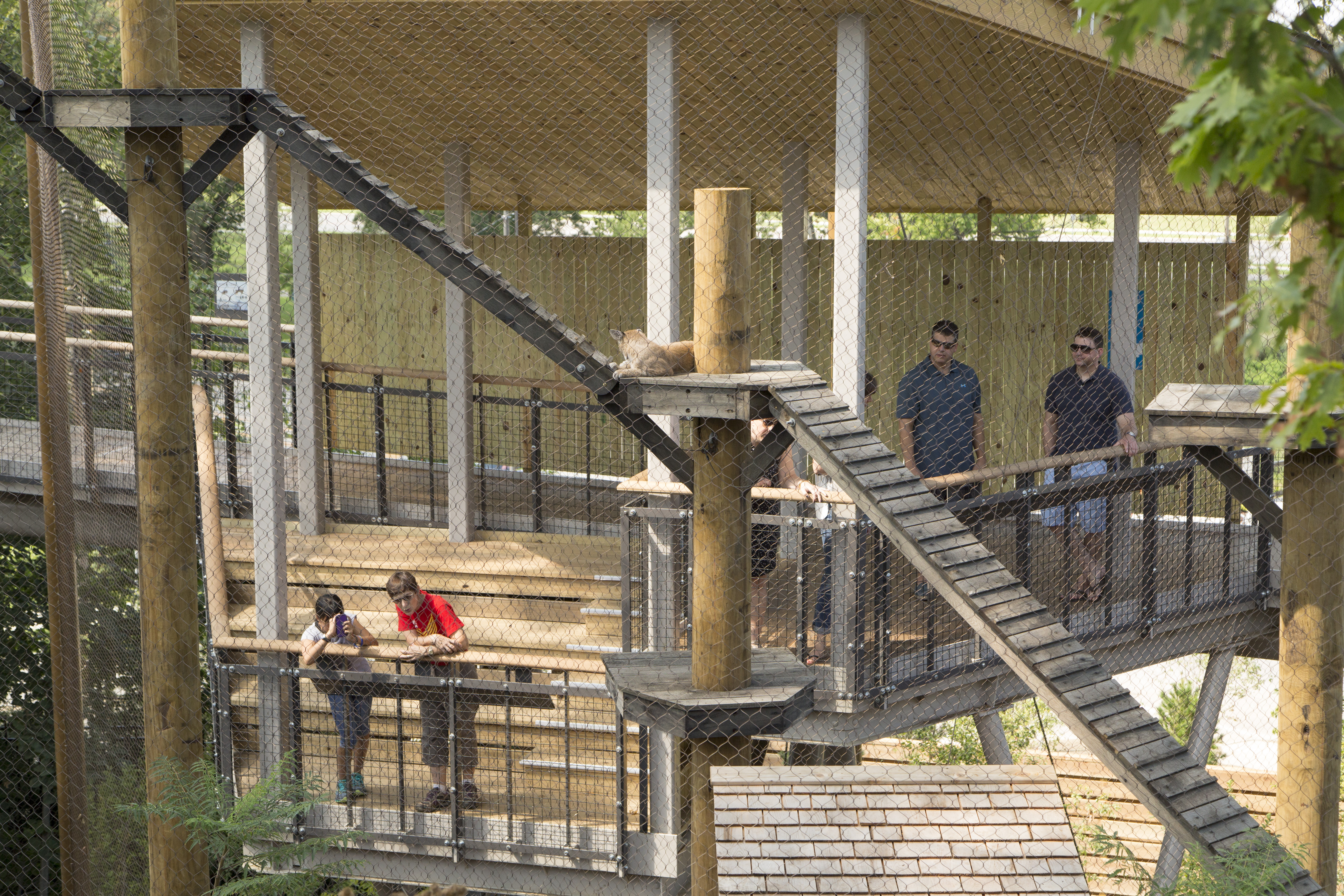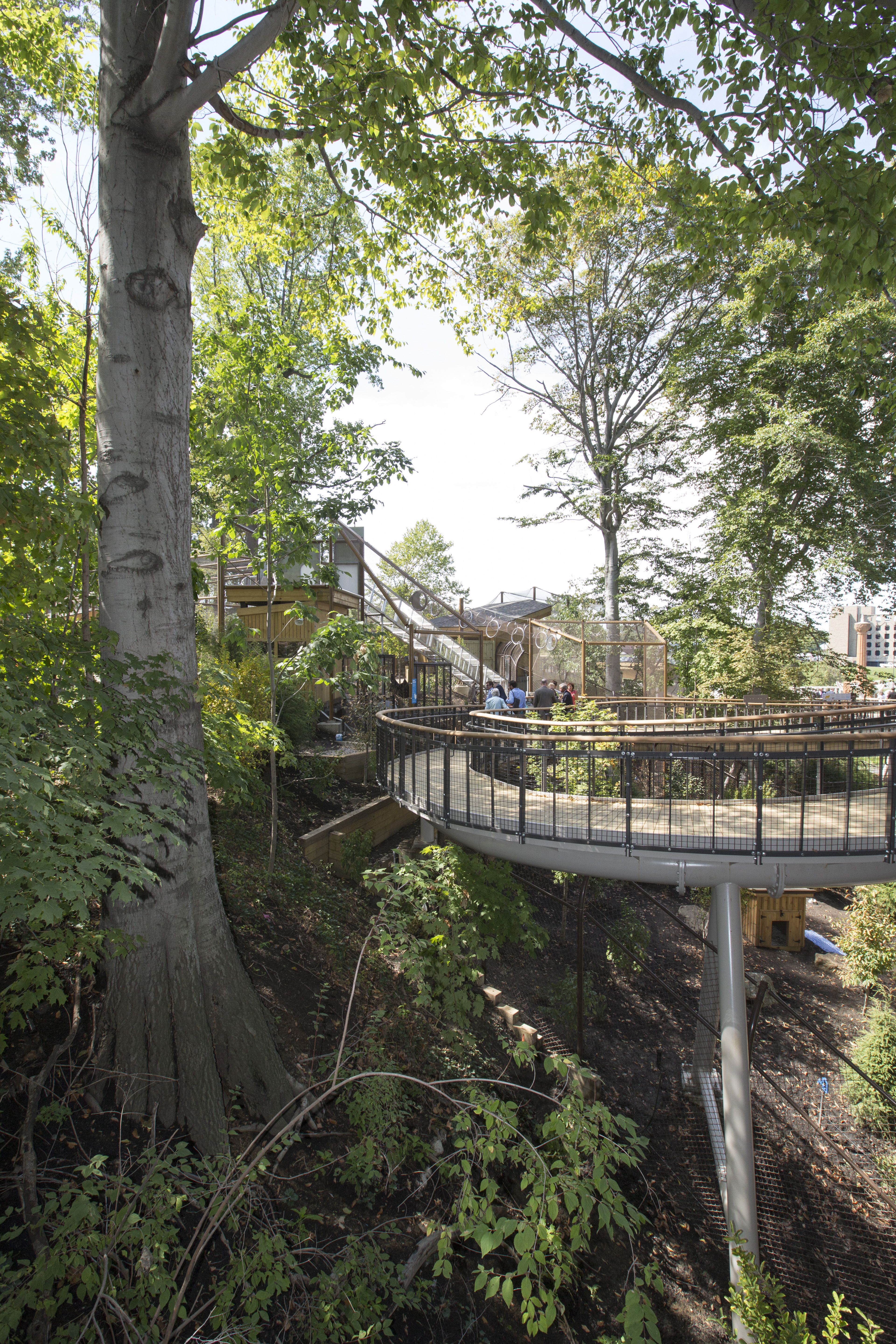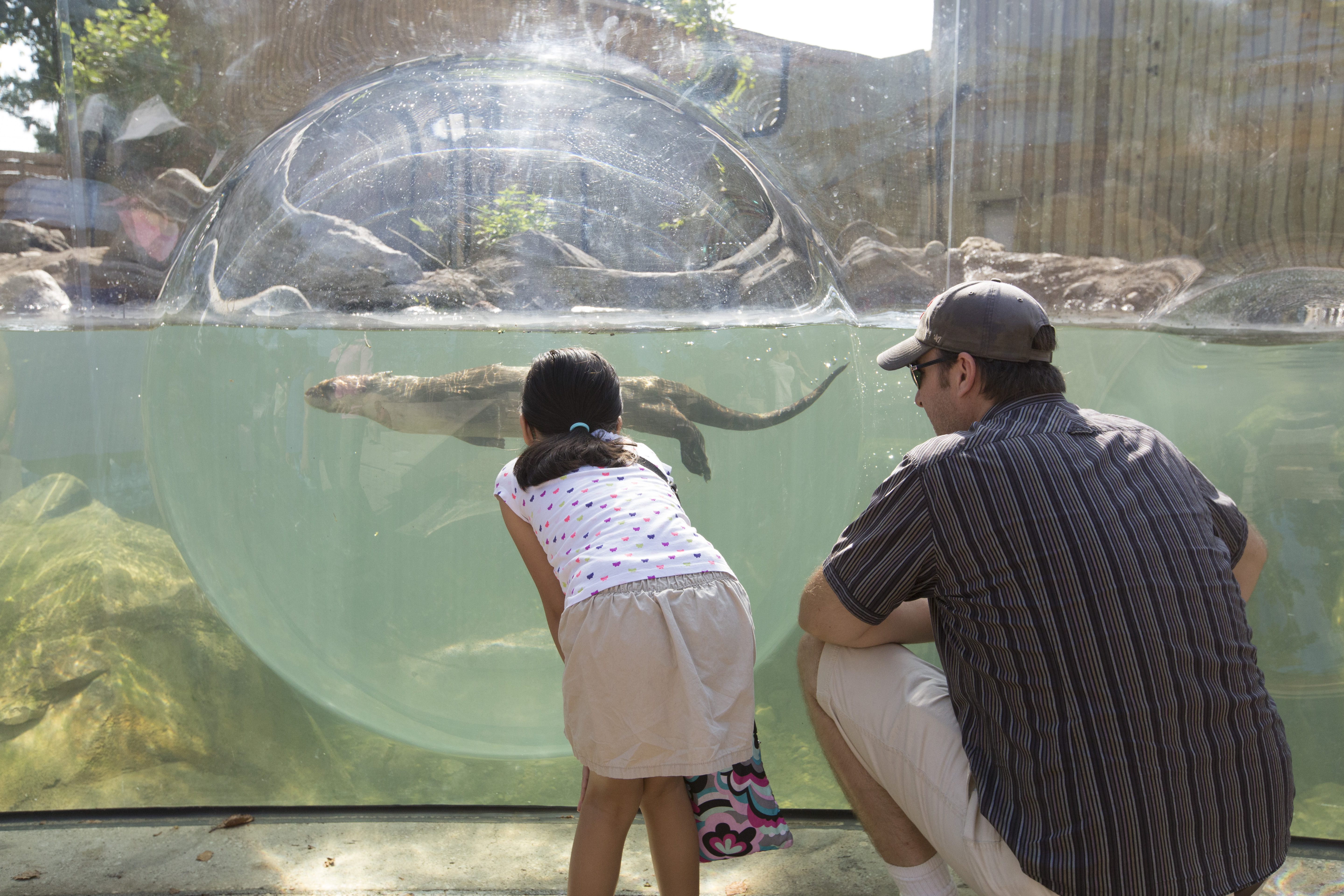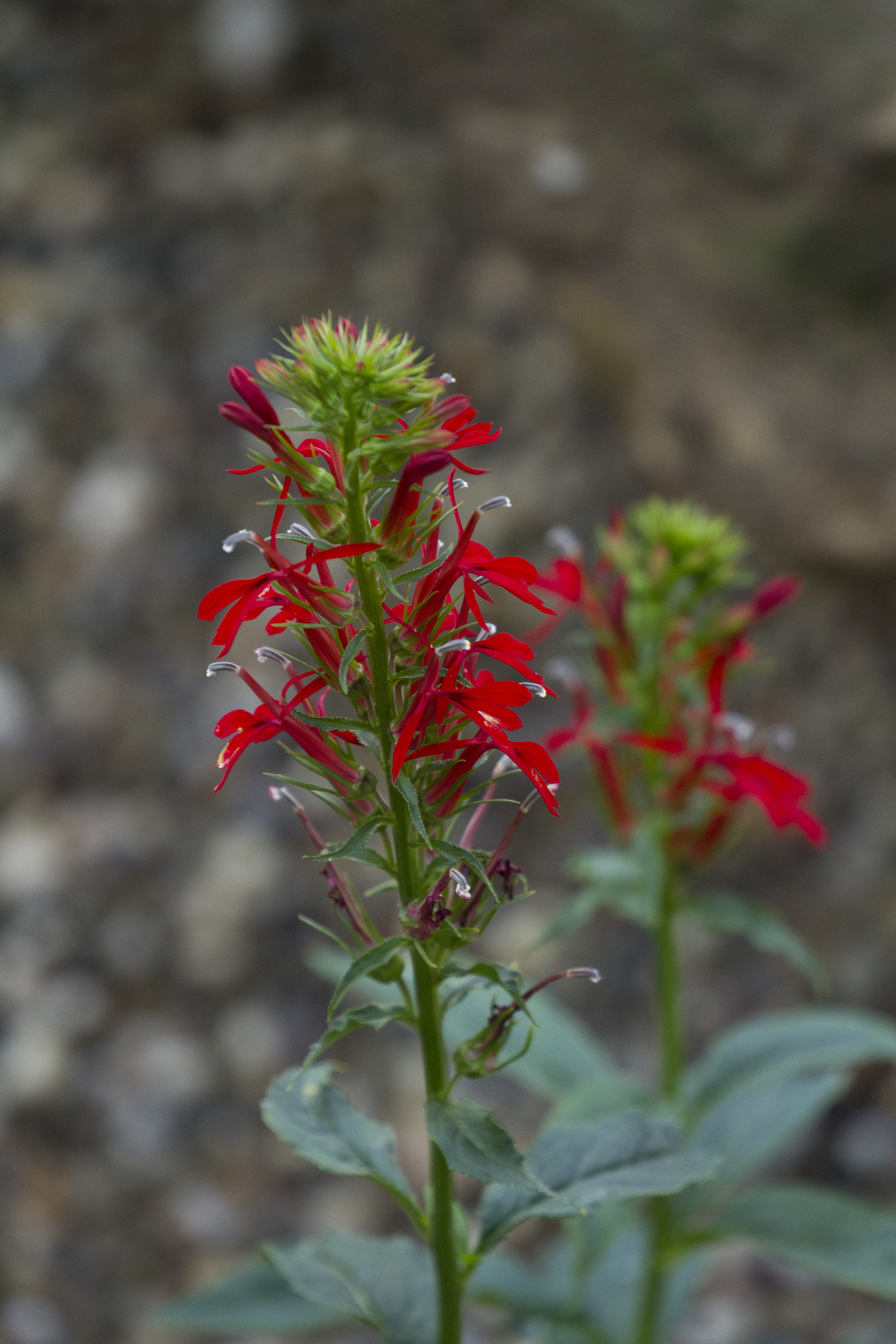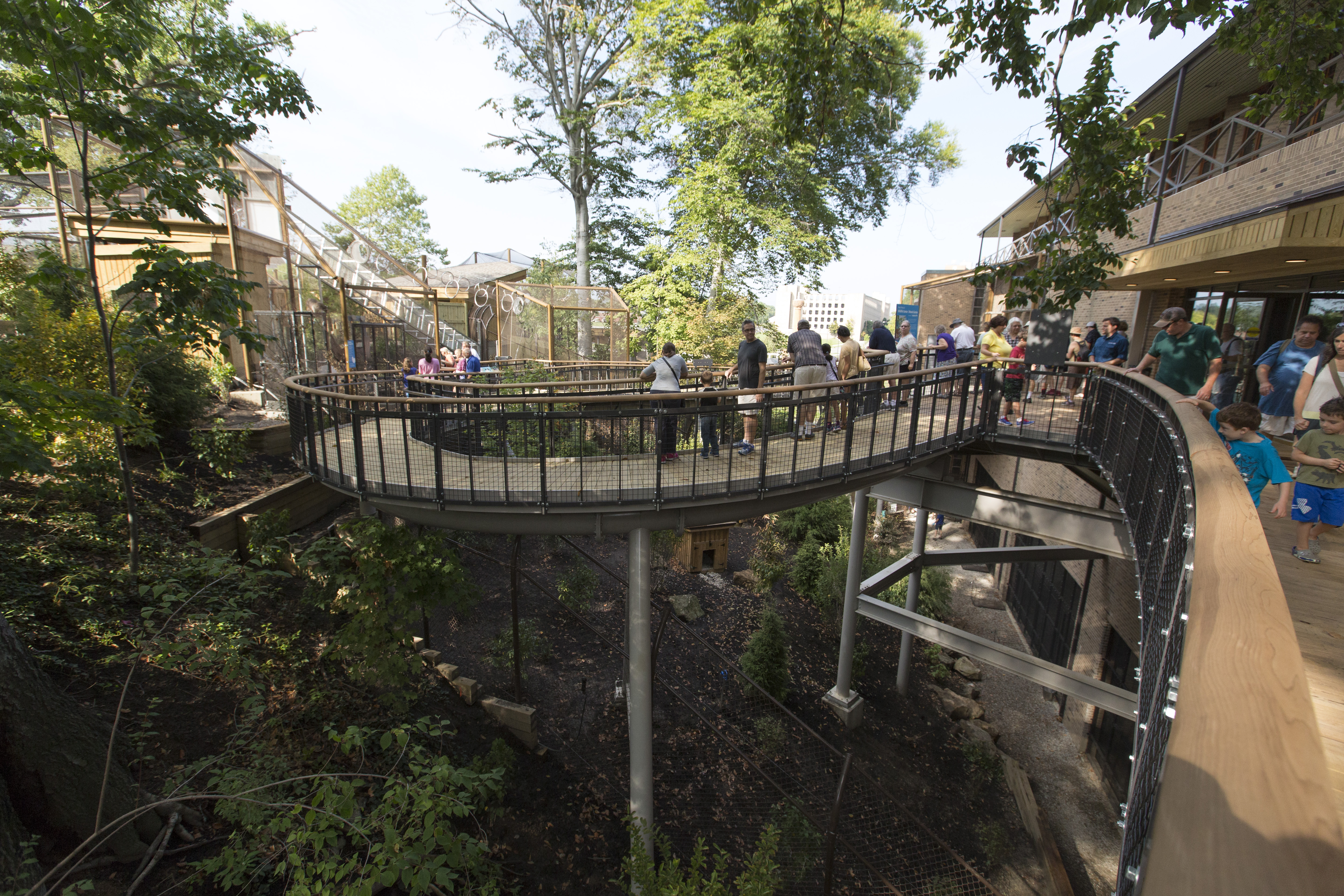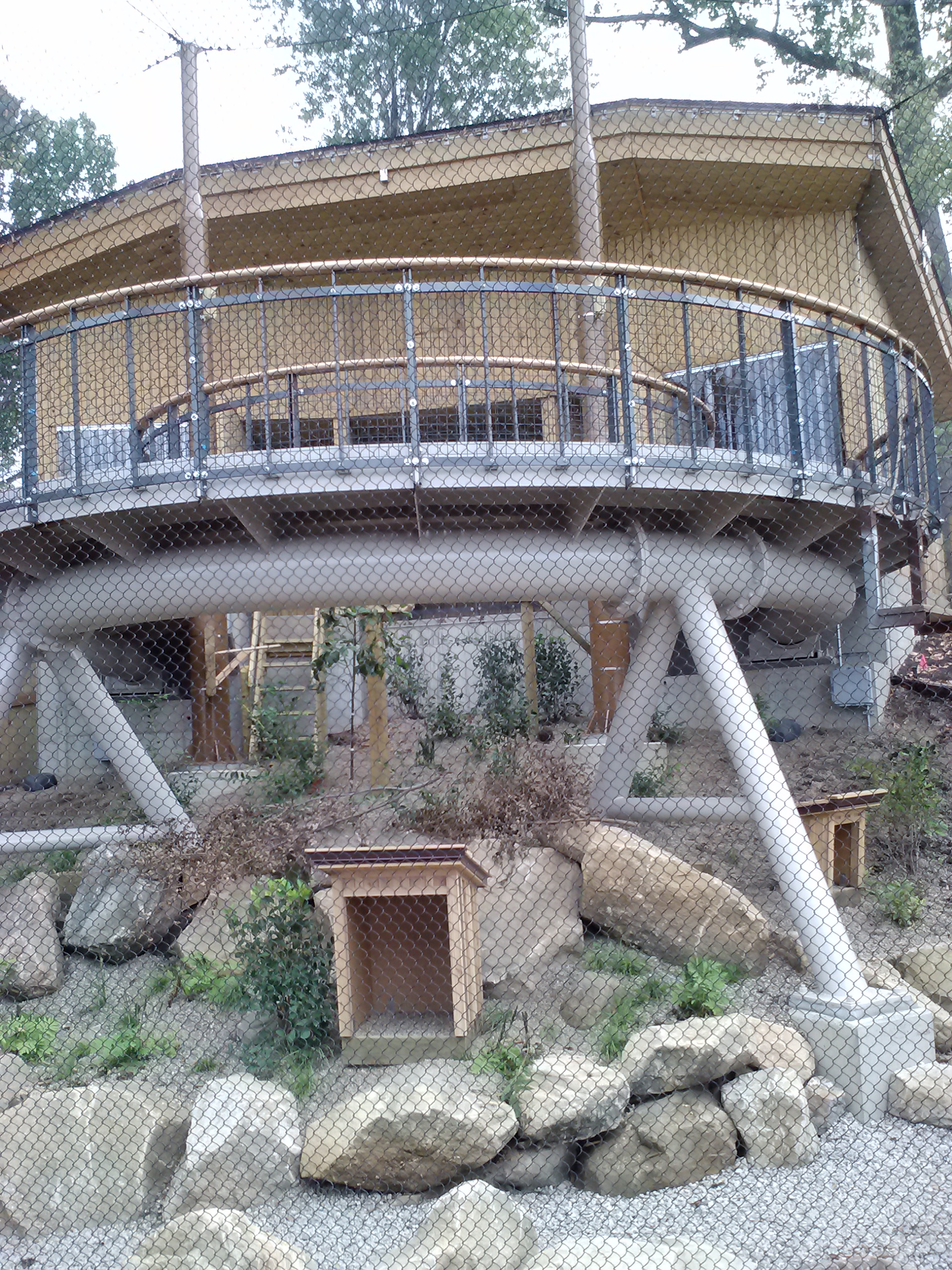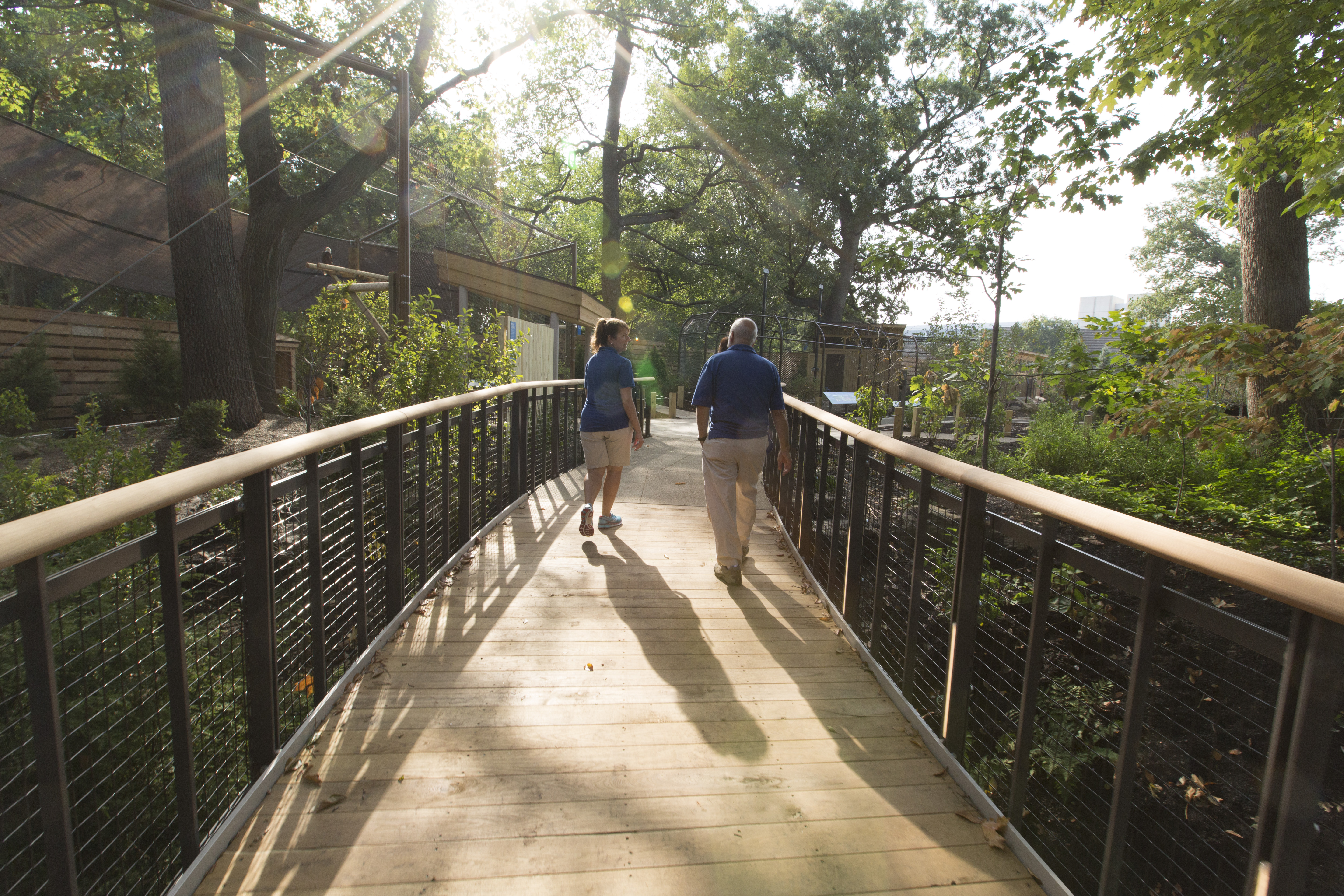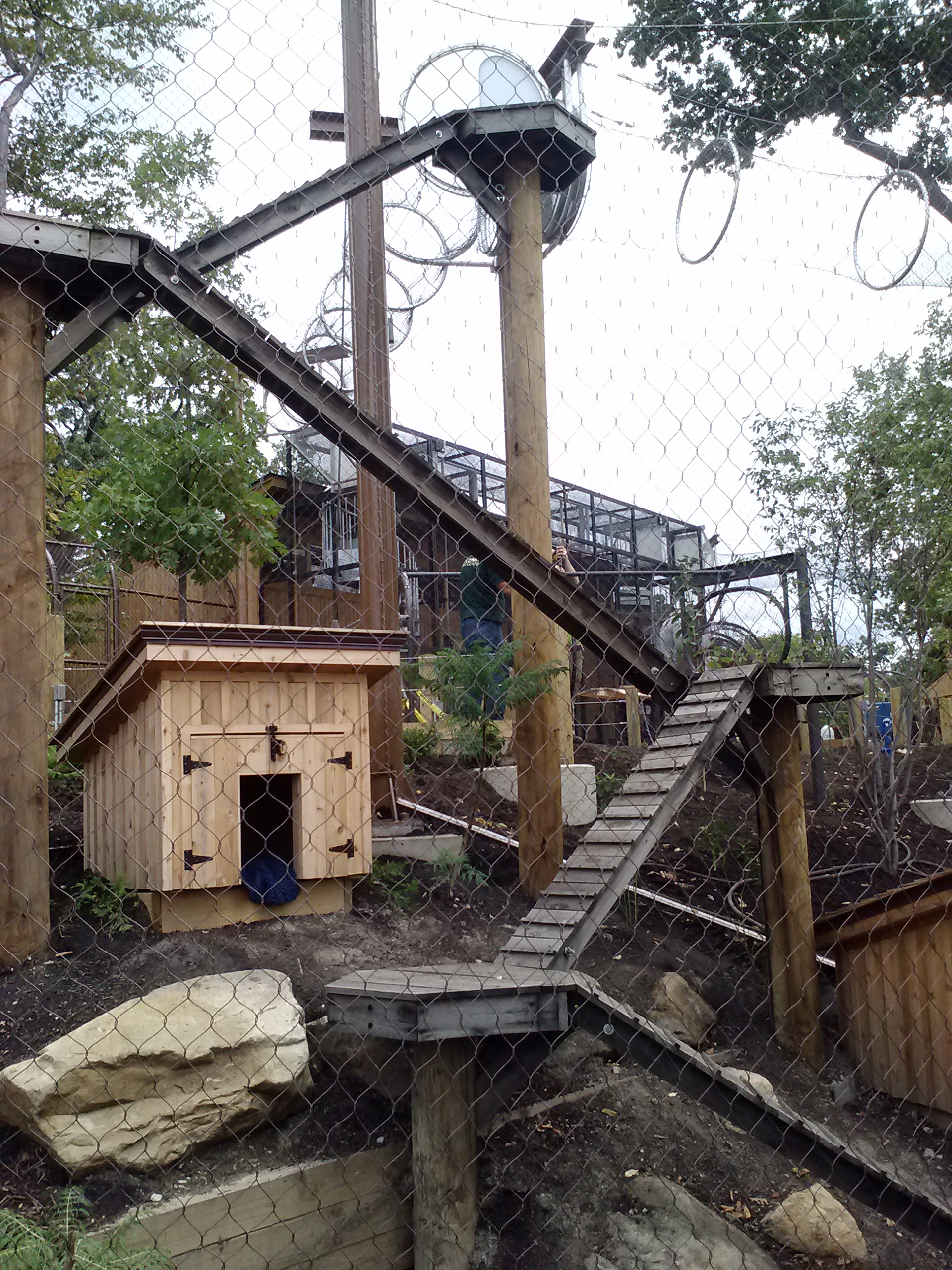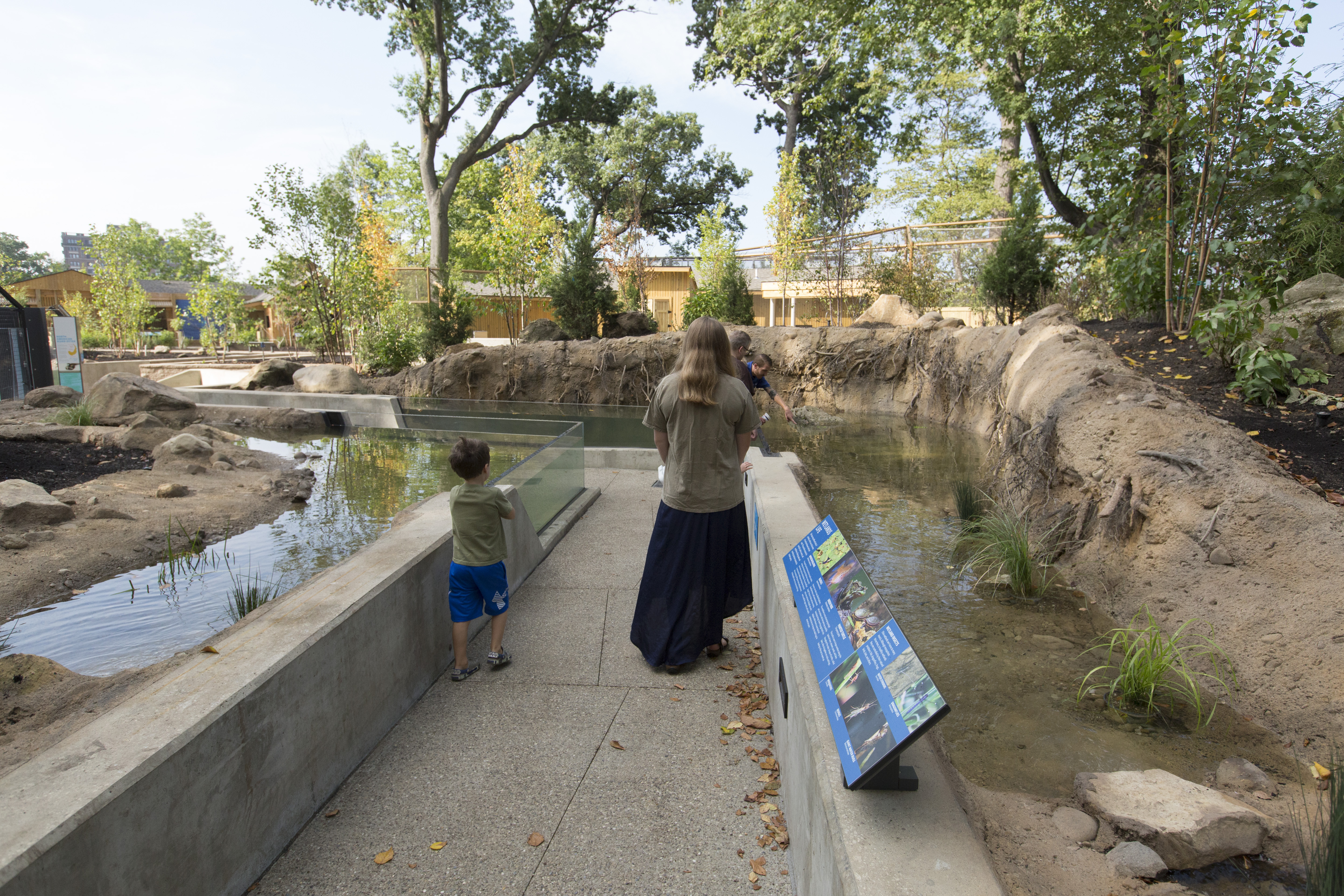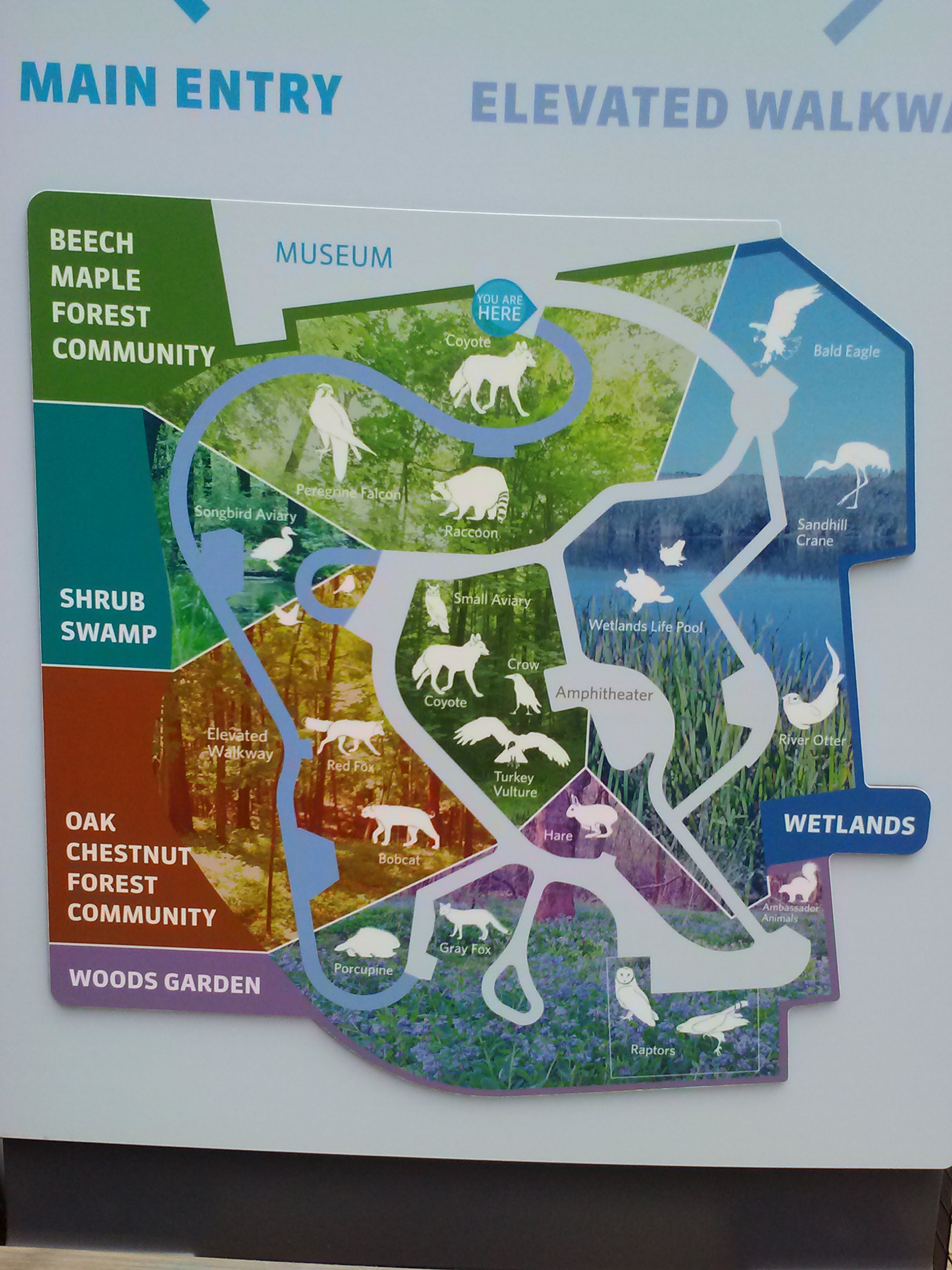by Jonathan Hull
“Eating local,” the goal of all of us who want to save the planet, presents special hurdles for residents of temperate climates such as NE Ohio: Our short growing seasons limit access to local fresh produce for way too long.
Yet there is at least one standard garden crop that can provide staple eating throughout the year—even up until (and even past!) the next harvest. I write of the humble butternut squash.
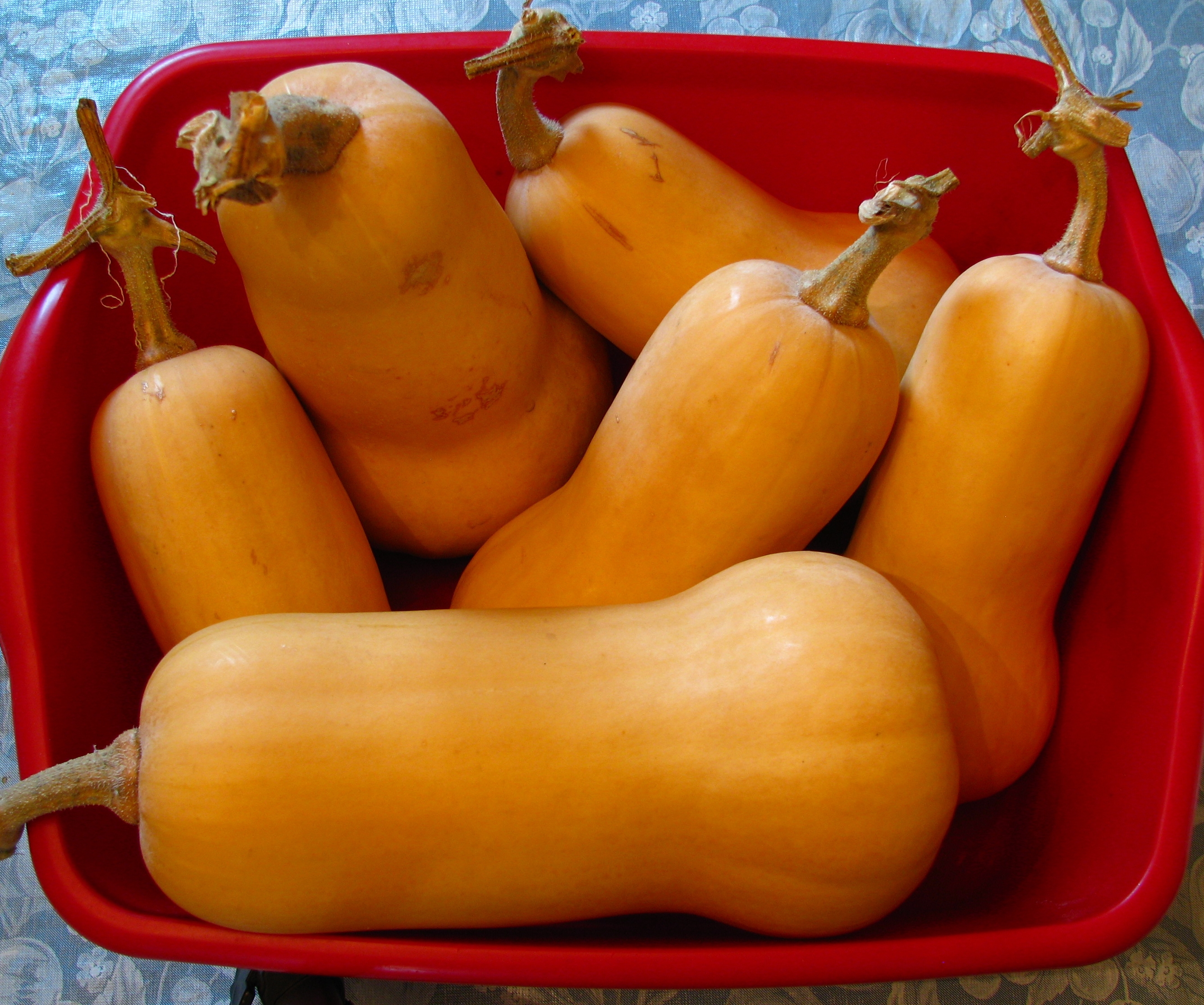
Raised and stored correctly, butternut squash can, with minimal special equipment or processing, provide year-round good eating. And let me emphasize the word “good.” At the end of this article, I’ll offer three recipes of which my family never seems to tire.
Squash to the Rescue
In my experience, squash is by far the easiest crop from the garden to store. Under proper conditions that I will outline below, it can easily keep for two years and potentially even more. I’ve eaten squash that was more than two years old that still tasted great. Once we settled on a specific variety—butternut—it became the highest yielding and most consistent crop from our garden from year to year. Grown in one raised bed 30 inches wide and only 32 feet long we have had harvests of between 150-175 pounds of squash! This averages out to about three pounds of squash every week for a year.
Site Selection:
The challenge to growing squash in a small garden plot is that these vigorous growers take up a lot of space. From the dimensions described above, our squash vines grew to take up more than five times the space of the bed they grew in.
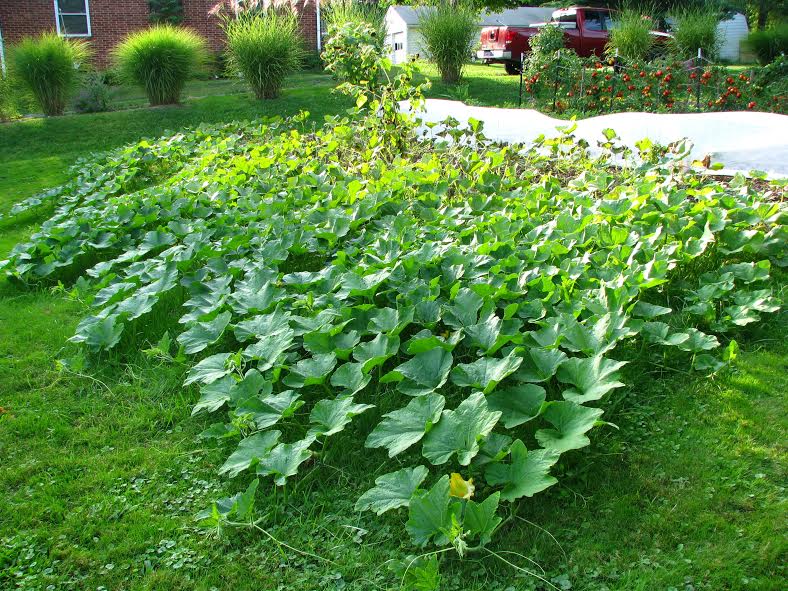
Squash originally evolved in a partnership with mastodons and mammoths (a fascinating story for another time) and seem to have adopted the brash nature of their former partners. They go wherever they please in the garden and will happily overwhelm smaller plants. With proper placement, however, small plots can take advantage of squash’s exuberance without sacrificing a lot of space.
This placement involves planting squash at the edge of the garden. If your garden is contained within a trellis, fence, or a wall, then this might be a great place to grow squash vertically. If your garden is in a clearing of trees then squash can be allowed to grow in the border between the garden and the trees. The main consideration for growing squash in any placement is that it requires full sun.
In our case, we grow squash at the edge of the garden and the lawn and then train the vines to grow out over the grass. Since we already use a lawn mower for other parts of the yard, the space the vines will eventually grow into can be easily maintained. As the vines grow out onto the lawn, I set the mower to cut the grass very short for a pass or two in front of the vines. The vines can then effectively shade out the grass below them, and more or less keep the grass from growing high.
This way I can grow the squash in a small bed and only sacrifice a bit of lawn – of which we have plenty.
Soil Preparation:
If you are growing squash for storage, then you will be planting it in the summer. Be sure to keep its growing bed covered throughout the spring. This might be with a short rotation spring vegetable, a deep layer of mulch or a cover crop. Squash are heavy feeders and will happily grow in soil amended with heavy applications of compost. If I’ve got enough compost on hand I try to give the squash bed a double helping of compost spread to 4” deep. As in the rest of the garden, I amend the soil with various minerals as indicated through yearly soil tests. I also amend the garden every spring with recommended applications of broad spectrum mineral rock dusts such as Greensand and Carbonatite. Some growing guides recommend planting squash in ‘hills’, but since I use raised beds I don’t bother since the entire bed is a ‘hill’.
Selecting the best squash variety:
There is a dazzling diversity of squash varieties that grow fruits of various sizes, shapes and colors. Some will store longer than others. Some are more resistant to pests and diseases and some will have higher yields. Some may have better flavor or be better suited to certain dishes. As with other crops in the garden, feel free to experiment with different varieties. However, I have also found that there comes a time when you have to settle on a variety that works well for your circumstances year in and year out .
So for instance, I love the taste of the deep orange flesh of Hubbard squash varieties. However, I tried to grow this type for several years and never got a harvest. Insects called squash vine borers destroyed the vines. This led me to the butternut varieties which grow on thinner woodier stems that the vine borers avoid. Specifically, ‘Waltham’ butternut is the gold standard for storage squash in our garden. It is resistant to diseases such as powdery mildew and gives consistently large yields. It has a great flavor and is amendable to various dishes. It has a small seed cavity and comes in sizes that are suitable for cooking small dishes. When properly harvested, cured, and stored, the harvest from the year before will easily carry us through to when the next crop is ready to eat.
Planting:
Deciding on the best planting date is a balance between two considerations. First, squash love hot weather and grow best in soil temperatures at 90 degrees F. It’s best to wait until things really warm up in the summer to plant the seeds out. However, you don’t want to wait too long because you want to give the squash time to fully mature their fruit before the first frost sets in. Fully mature fruit is important for long-term storage. With that said, I’ve found it better to err on the side of a later planting date. Cool soil slows down their growth and even seems to stunt them for a time, so that any extra growing time is lost by getting them in too early. We are in Zone 6 and shoot for a planting date around June 15th.
Warming Aids:
Since the weather doesn’t always give us what we hope for, we like to give extra insurance that our plants have the warm soil they like. In the past we used black plastic mulch to help warm the soil. It works well, but comes with downsides. It is hard to use with our soil building techniques such as in-season crop rotations, deep mulching and cover cropping. It always seems to be down when it’s needed up and up when it’s needed down. If you don’t have drip line irrigation, watering seems inconsistent as the water only has a small hole through which to reach the soil.
So this year I switched to using row covers and will never look back. These are spun polyester “sheets” sold under the brands Agri-Bond and Remay. We hang this ‘cloth’ over the bed with wire hoops.
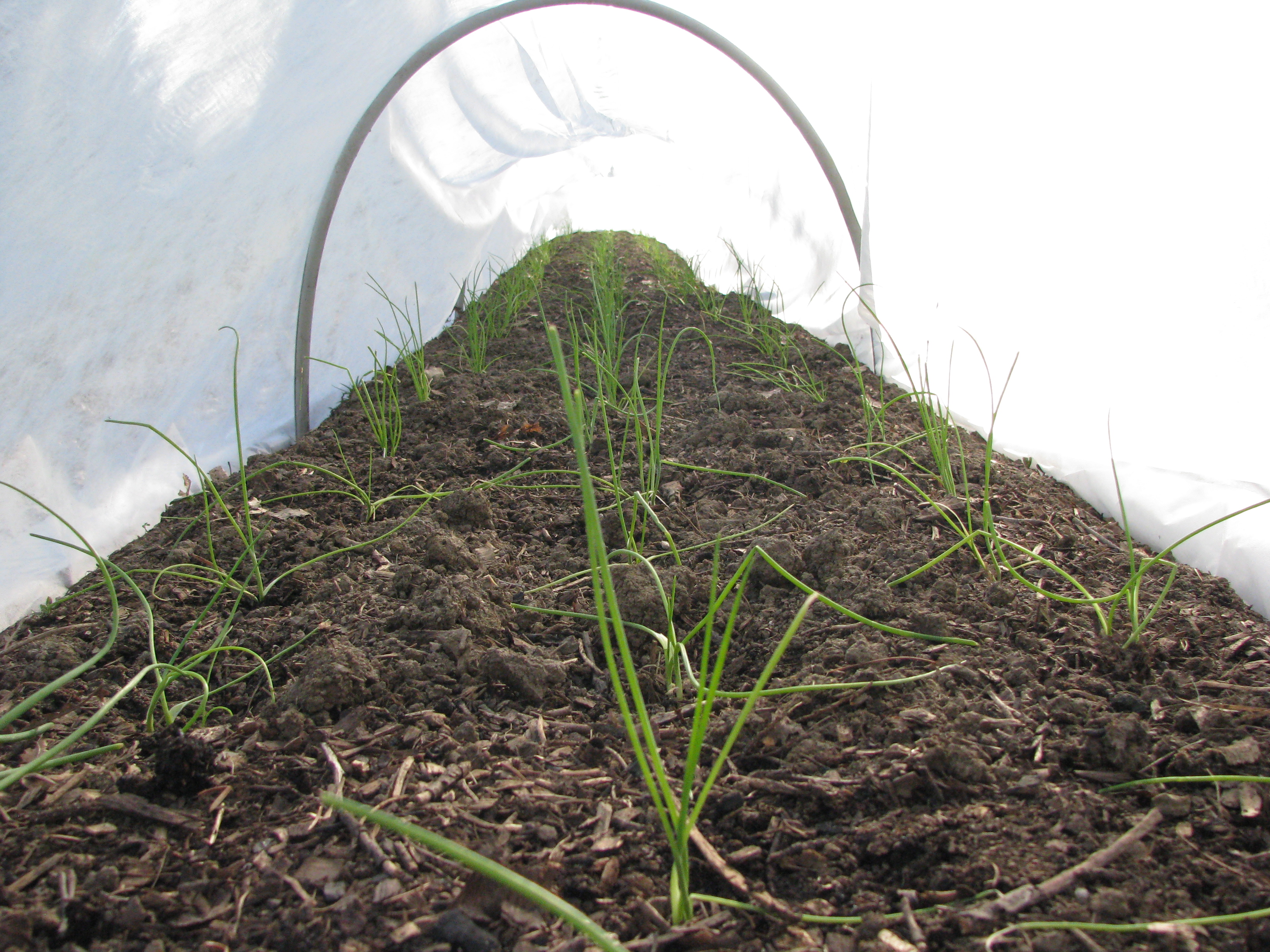
They hold in just enough extra heat that all plants seem to love, but as opposed to plastic sheeting, they rarely need to be vented. They also let rain through, but keep existing soil moisture in.
About a week before I plan to plant our squash seeds, I will pull back any mulch from the soil surface to let the sun warm and dry it out a bit. I will also go ahead and put the row cover over the bed to get it warming even faster. After the seeds go into the ground, I will leave the row cover over the bed for a few weeks until the vines begin flowering. This is very important! Squash are pollinated by insects so you have to remove the row covers if you want any fruit. By that time they have leaped out of the gate and will be growing out of the bed space.
Growing:
It is easy to forget about squash as it is growing because it requires so little attention. So don’t forget to provide consistent water throughout the growing year. I keep an eye on the forecast and try to water before any real scorching hot summer days. This seems to help with heat stress for those days over 92 degrees. You will also need to train the vines in the direction you want them go grow. Do this early as it is easy to damage larger vines when trying to move them. Since squash are such heavy feeders I try to give them a foliar feeding every week if I can – with special attention to when they are in flower or are setting fruit. I typically use a combination of fish hydrolysate and liquid seaweed sprayed onto the leaves at the recommended application rate.
Harvest:
For the best storage you want to wait to harvest squash until they pass the “fingernail test”. When it’s difficult to press your fingernail into the rind of the squash, it’s ready for storage. You should have difficulty even making a mark. However, in practice I just let all the squash stay in the field until the weather calls for the first frost. A light frost will not ruin your crop but it will shorten its shelf life. So to keep things simple I go ahead and harvest the whole crop the day before the weather calls for a frost.
Cut the squash from the vine, but leave a few inches of the stem attached to the fruit. Do not pick up squash by the stem or it may break off. Squash without a stem will not store for long. Be gentle when handling them, as well. Bruises or gashes in the rind will also shorten their shelf life. Brush off any dirt, but do not wash the fruit to a squeaky clean. The microbes that are naturally on the fruit help to protect it from spoilage.
I put the fruit on racks in a single layer until I am ready to cure them.
Curing:
Before putting the squash away for storage, it is best to cure them in the sun for 7-10 days. This hardens their rind and extends their shelf life. Cover the squash at night or put them in a protected area if it is going to frost.
Storage:
Before I store the squash I organize them. Unblemished fruit with hard rinds I put in one pile that will serve as the long keepers. Any squash with blemishes or young fruit that might not have had time to fully mature on the vine I put in another pile (use the fingernail test). These we will eat first.
I put the squash in a single layer on bread racks and try to keep them from touching each other. Allowing air to flow all around the squash is key to long-term storage. Ideal conditions are temperatures at 50° F and 60% humidity. In practice any unheated space that doesn’t freeze in the winter and is moderately dry will do. We stack our racks on a shelf in an unheated basement.
Once you get the practice down it doesn’t take much to have squash on hand all year. Periodically check your entire store and pick out and eat any squash that are starting to mold. If storage conditions are not ideal and your stock begins to turn by the following summer you can always cut out the bad parts and cook the rest up a big batch. Freeze it and you can cook with it again later.
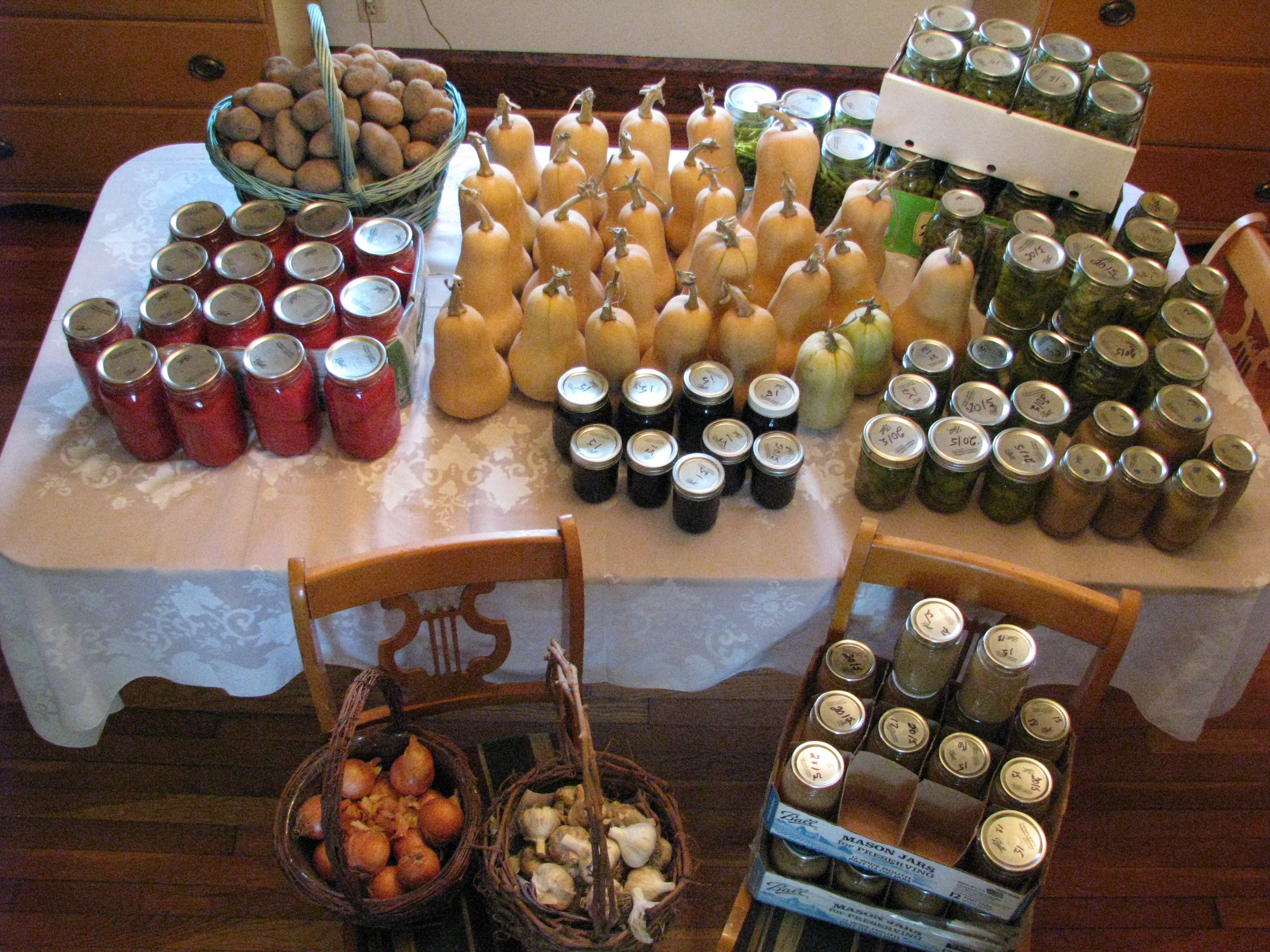
Cooking:
The taste of many squash varieties, including butternut, actually improves with storage. We keep a handful of squash from the previous year to cook with in November when all things pumpkin are called for. Butternut squash makes amazing pumpkin pie!
Here are a few recipes we love. Some are easy to make and are great “go-to” side dishes. It might seem dreary to eat a lot of the same food throughout the year, but we’ve found that food grown in your own garden in nutrient rich soil tastes so good it’s a pleasure to eat it at any time. Feel free to explore on your own: there are endless uses for butternut squash. You can use it in place of pumpkin or any other winter squash for that matter.
Curried Squash Soup:

Nothing warms you more on a cold fall night than a bowl of this soup!
Prep time: 5 minutes
Cook time: 25 minutes
Serves 4
2 tablespoons butter
1 medium onion, chopped
1 large carrot peeled and chopped
2 cloves garlic, minced
2 teaspoons fresh ginger, minced
1.5 teaspoons curry powder
1 can (14 oz) chicken or vegetable broth
2 pounds butternut squash
1 can (14 oz) coconut milk
1 teaspoon salt
roasted sunflower seeds (garnish)
Butternut squash seem to average about two pounds per fruit, which is perfect for this recipe. Cut the squash in half lengthwise and remove the seeds. Preheat oven to 325 degrees. Place the squash face down on a baking pan, then put them in the oven. Add a thin layer of water to the bottom of baking pan to steam cook the squash. Cook for an hour or until the flesh is very soft. Let the squash cool and then scoop the flesh out of the skin with a spoon.
In a large saucepan, melt butter over medium heat. Add onion, carrot, garlic, ginger and curry powder. Cook until carrots are almost soft, 5-8 minutes, stirring occasionally.
Add broth and bring to boil over high heat. Reduce heat to medium-low; cover and simmer until carrots are very soft, 10 minutes.
Transfer to blender or food processor and puree until very smooth. Return to pan and stir in squash, coconut milk and salt. Cook over medium-low heat until heated through, 2-3 minutes.
Garnish with pumpkin seeds, roasted sunflower seeds or cashew nuts if desired.
Butternut, Potato and Apple Mash
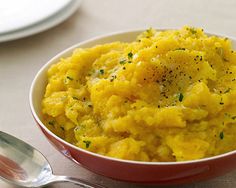
This is our go-to side dish for many a meal. The combination of flavors makes for something you can eat all the time. A side bonus is that we also grow a lot of potatoes for storage. It goes great with cider glazed chicken sausages.
Prep time: 10 minutes
Cook time: 40 minutes
Serves 4
1 small butternut squash (1 pound) peeled and cut into 1-inch pieces
1 large potato (10 oz) peeled and cut into 1-inch pieces
1 Granny Smith apple, peeled and cut into 1-inch pieces
1/3 cup of 2% Greek Yogurt
In a medium saucepan combine squash, potato, and apple. Cover by 2 inches water and bring to a rapid simmer over medium-high heat. Cook until squash and potato are tender when pierced with a knife, 15 minutes.
Drain vegetables and apple and transfer to a food processor. Process until smooth. Add yogurt, season with salt and pepper, and pulse to combine.
Squash Custard

This is also serves as a filling for an awesome pumpkin pie. But is also great on its own. We don’t like a real spicy custard or pie, so we backed off on the spices called for in this recipe just a bit, especially the allspice.
½ teaspoon nutmeg
½ teaspoon allspice
½ teaspoon cinnamon
1 tablespoon flour or cornstarch
1 ½ cups mashed cooked squash
½ cup honey
3 eggs, slightly beaten
1 ½ cups milk
Cut the squash in half lengthwise and remove the seeds. Preheat oven to 325 degrees. Place the squash face down on a baking pan in put them in the oven. Add a thin layer of water to the bottom of baking pan to steam cook the squash. Cook for an hour or until the flesh is very soft. Let the squash cool and then scoop the flesh out of the skin with a spoon.
Stir spices into flour and mix with squash. Then add honey, beating till smooth. Combine eggs and milk, and slowly stir into squash mixture. Ladle into custard cups. Set cups in pans of water and bake at 350 degrees F for about one hour.
Makes about three cups.
Jonathan Hull is a permaculture educator, designer, and consultant. After receiving his Permaculture Design Certificate (PDC) in 2006, he co-founded Green Triangle, a Cleveland area network of permaculture educators and designers. Jonathan is a Certified Permaculture Teacher and has been an instructor in several PDC courses and has taught a diverse range of workshops on topics such as soil restoration, bio-char stove construction, site mapping and home weatherization. He currently lives in Salem, OH where for the past ten years he has been implementing a permaculture design for an urban homestead.
